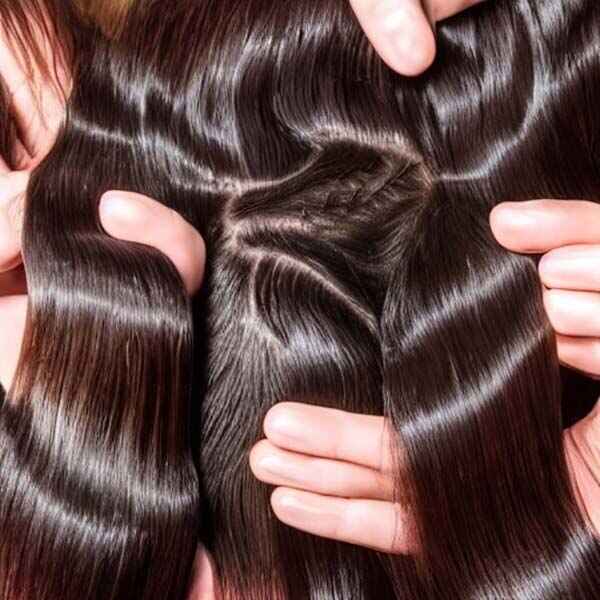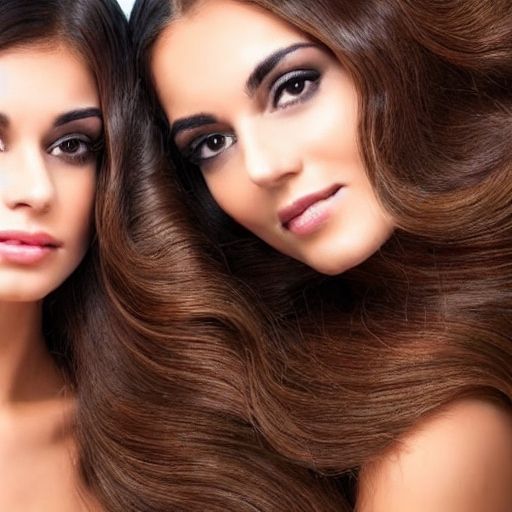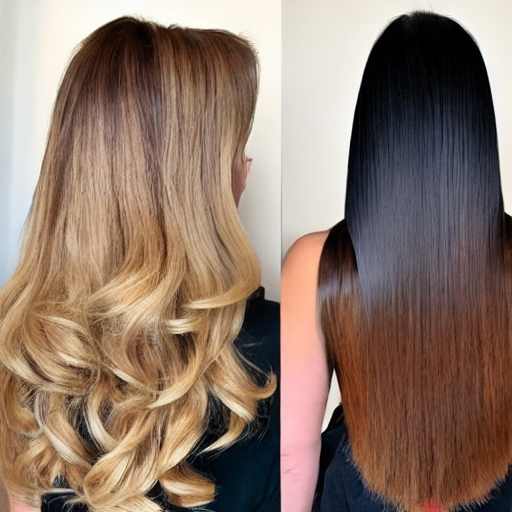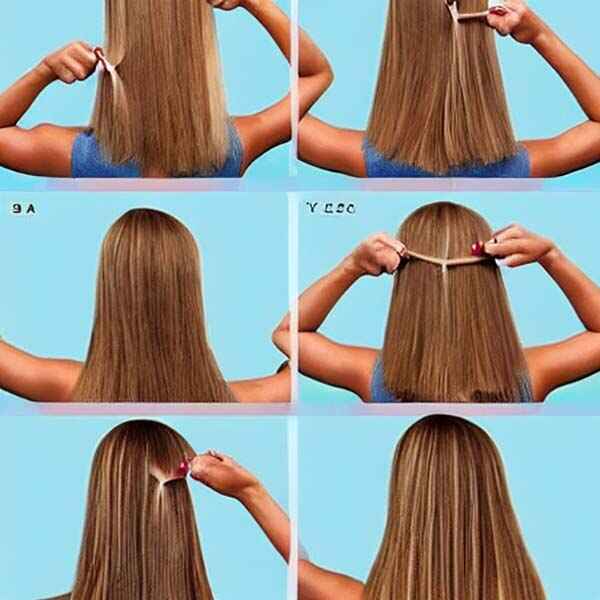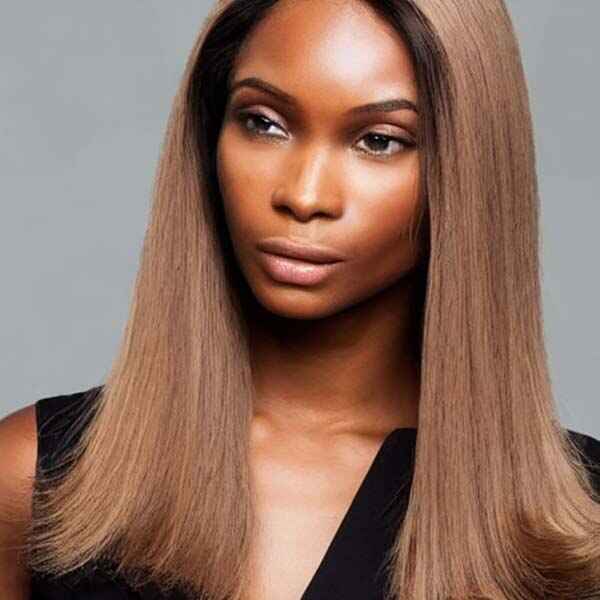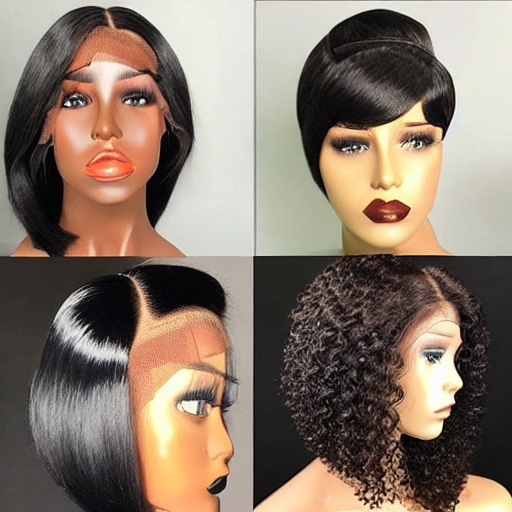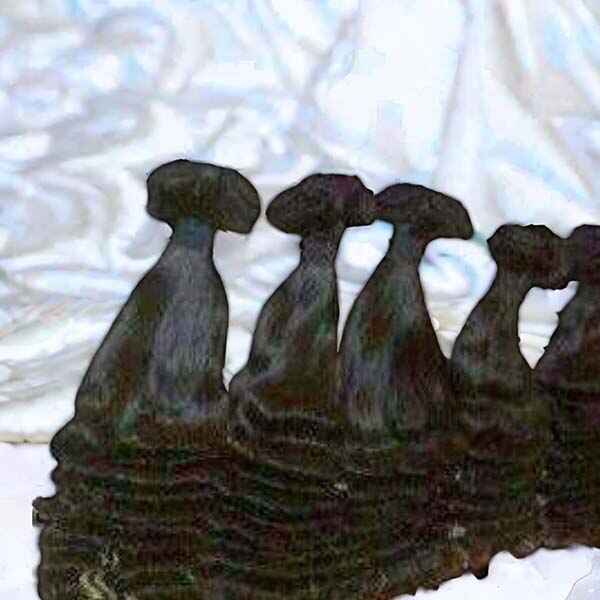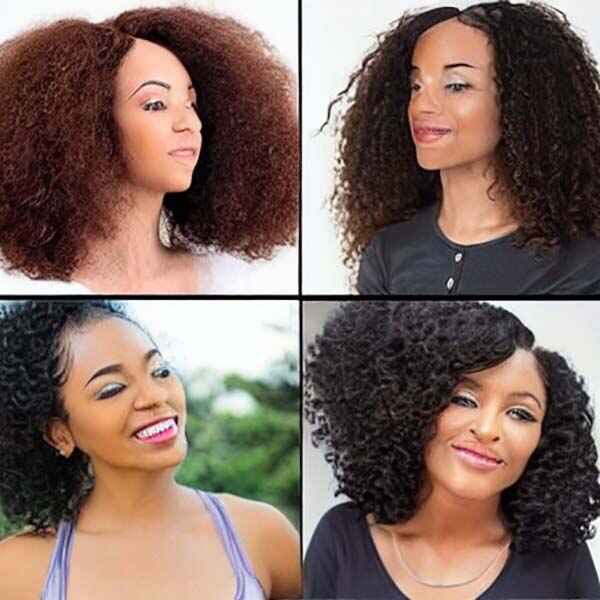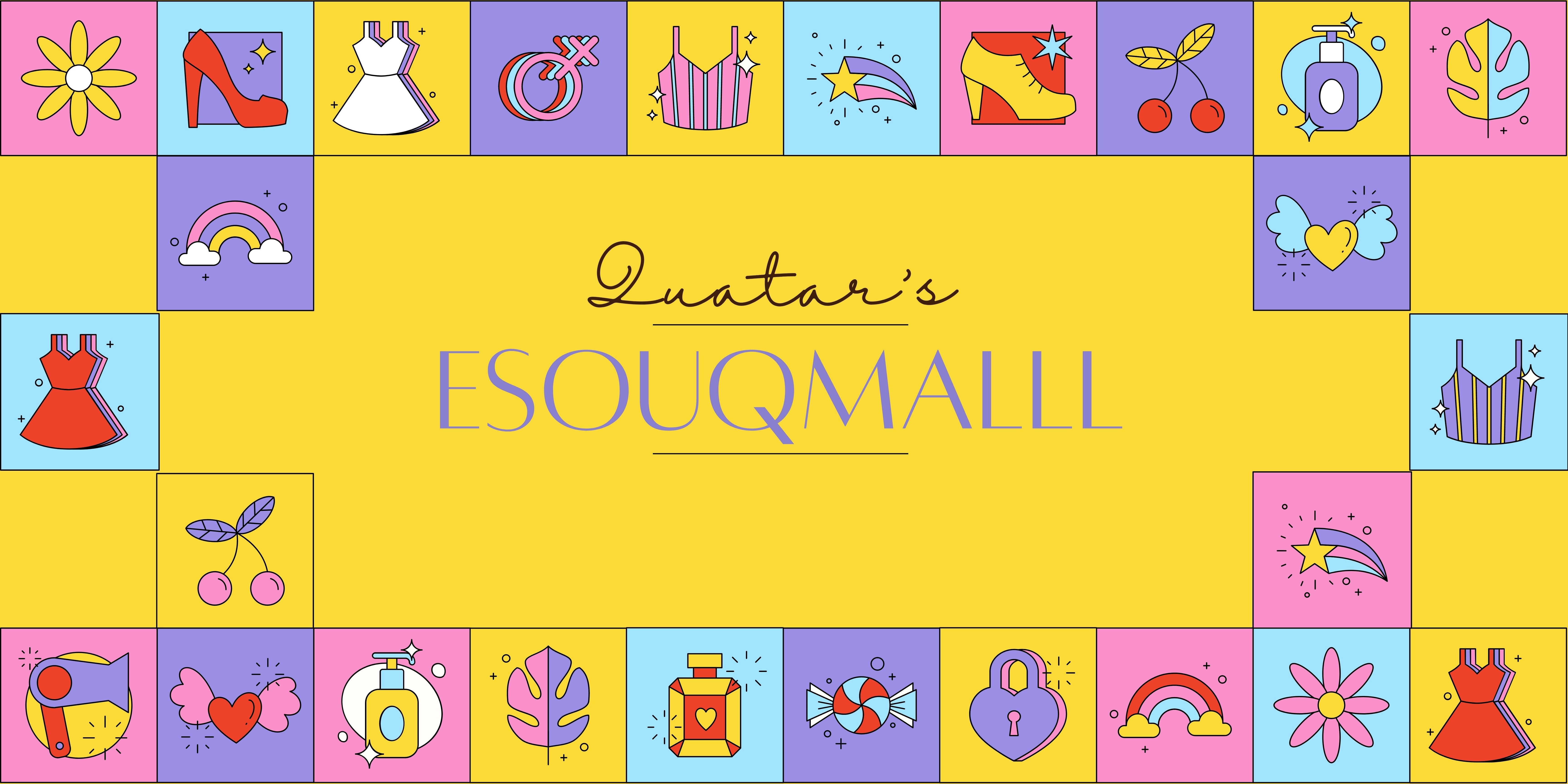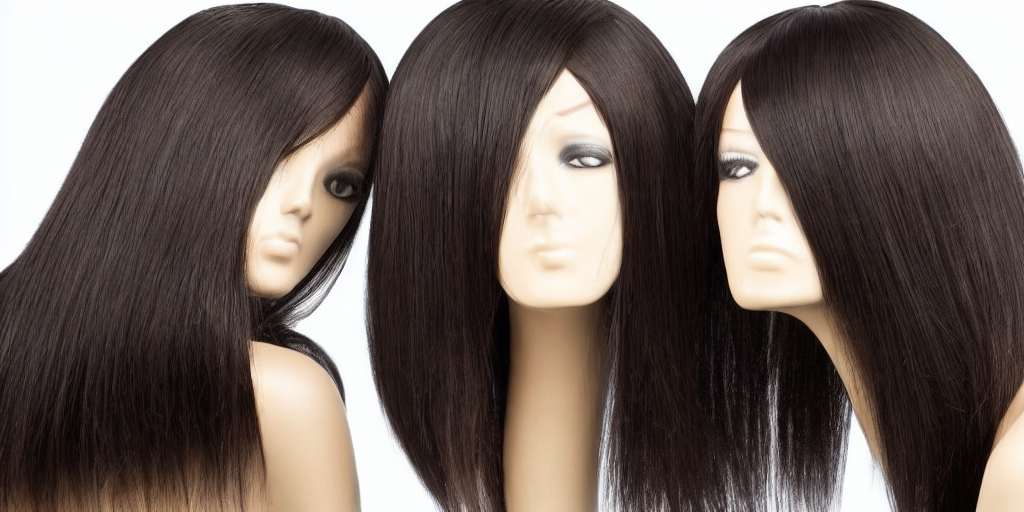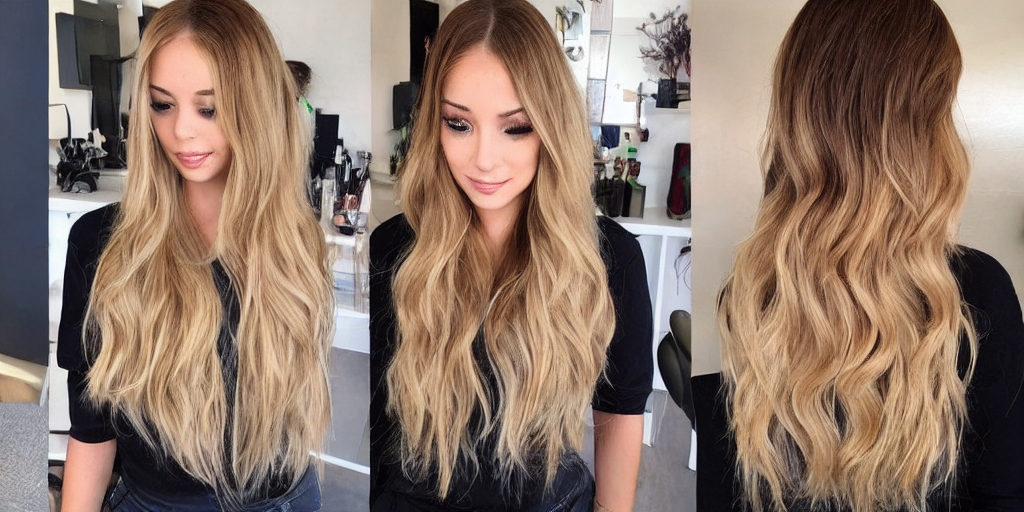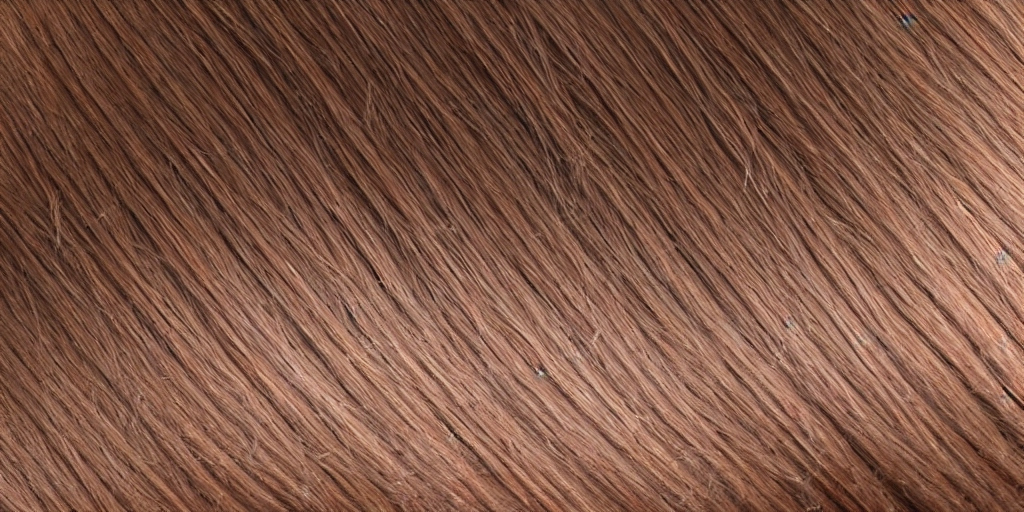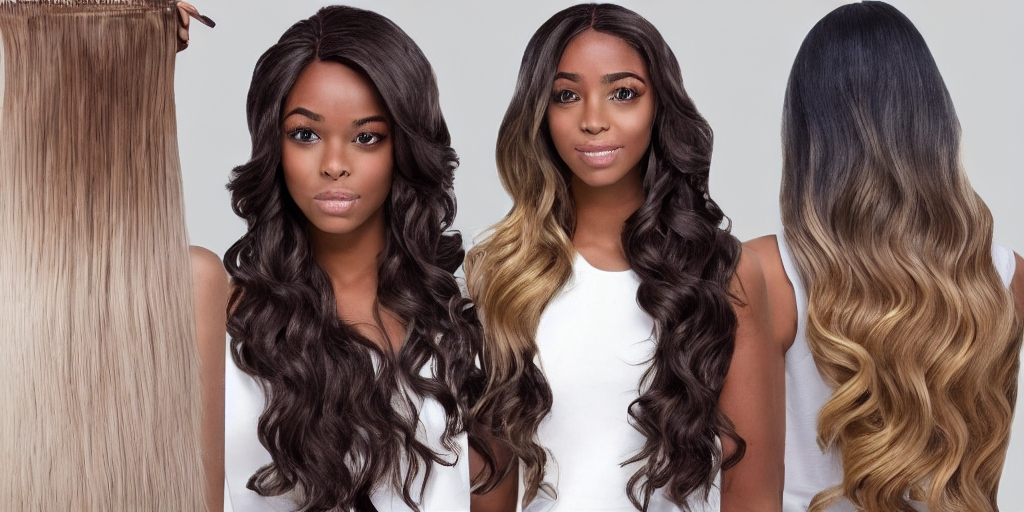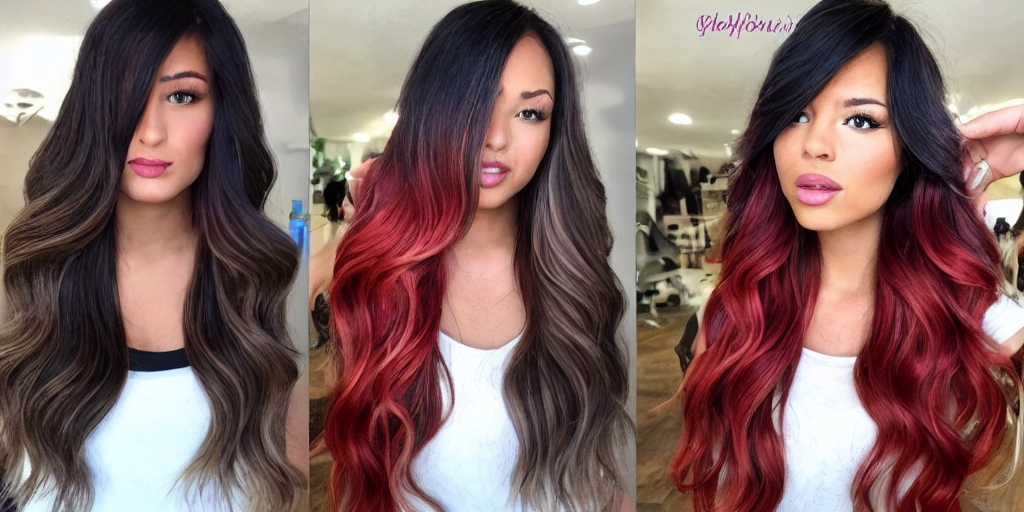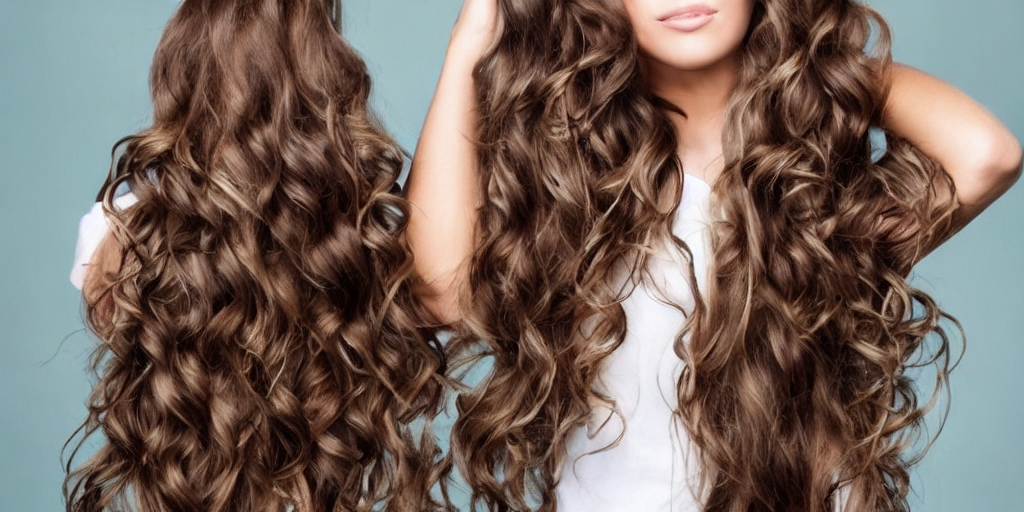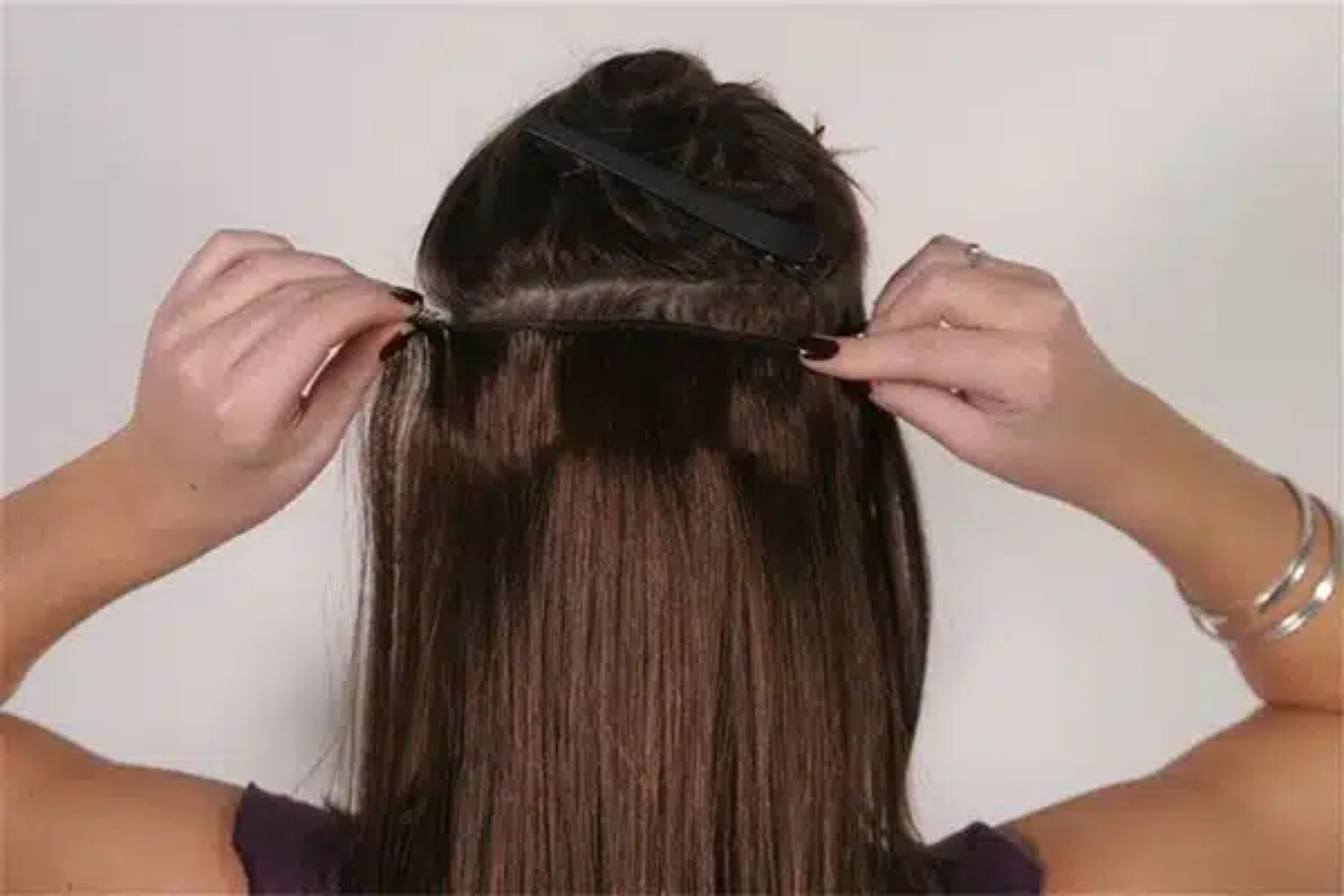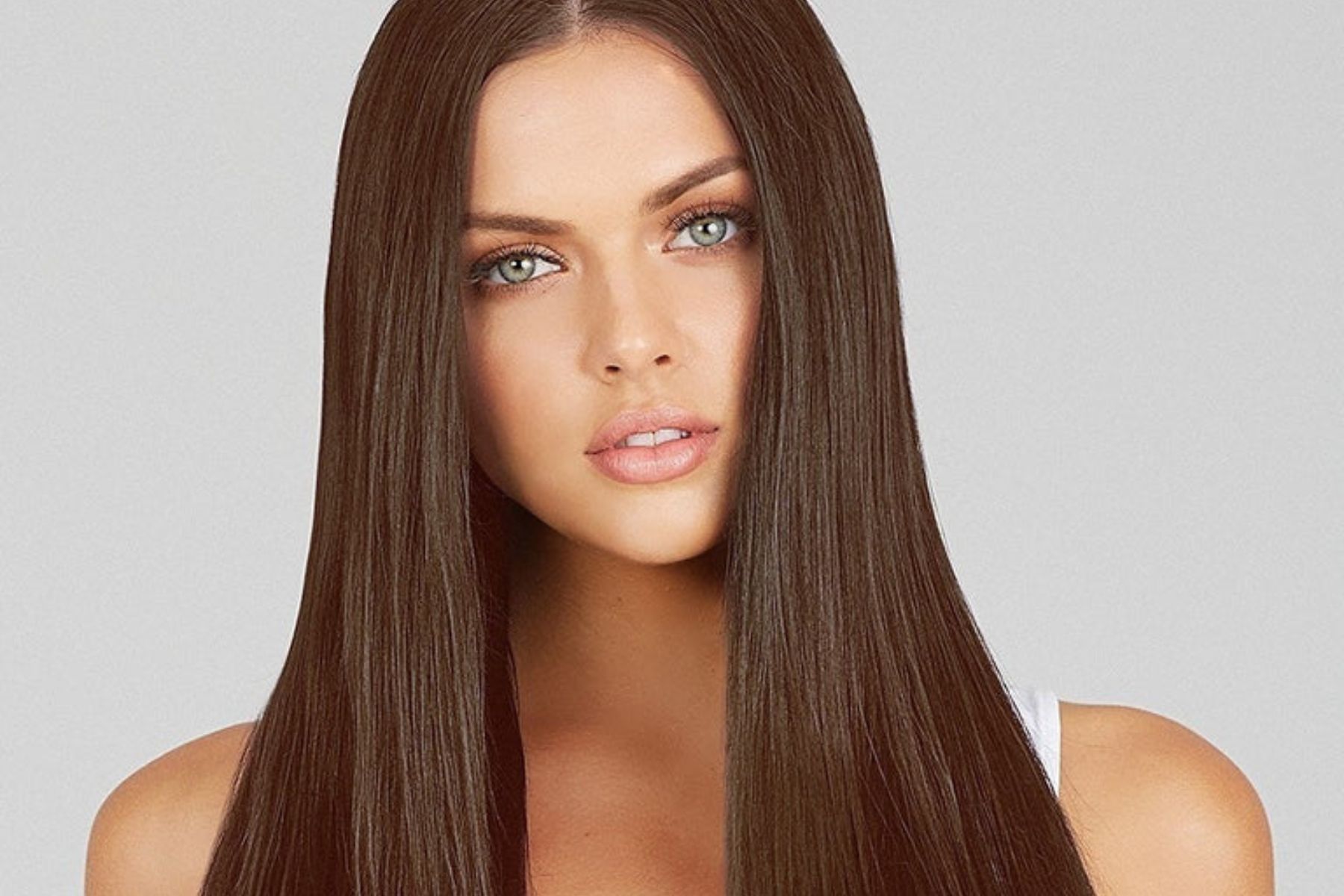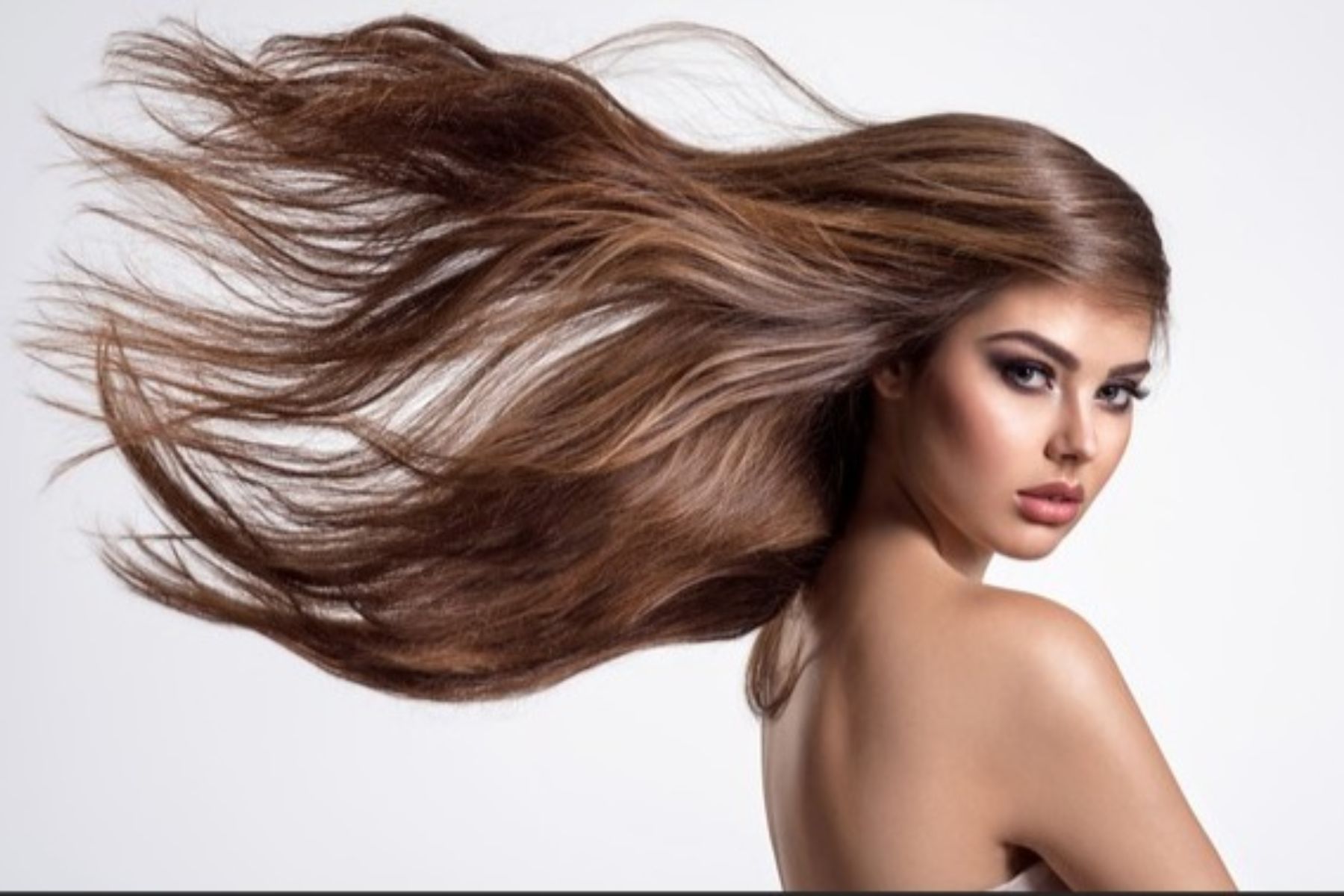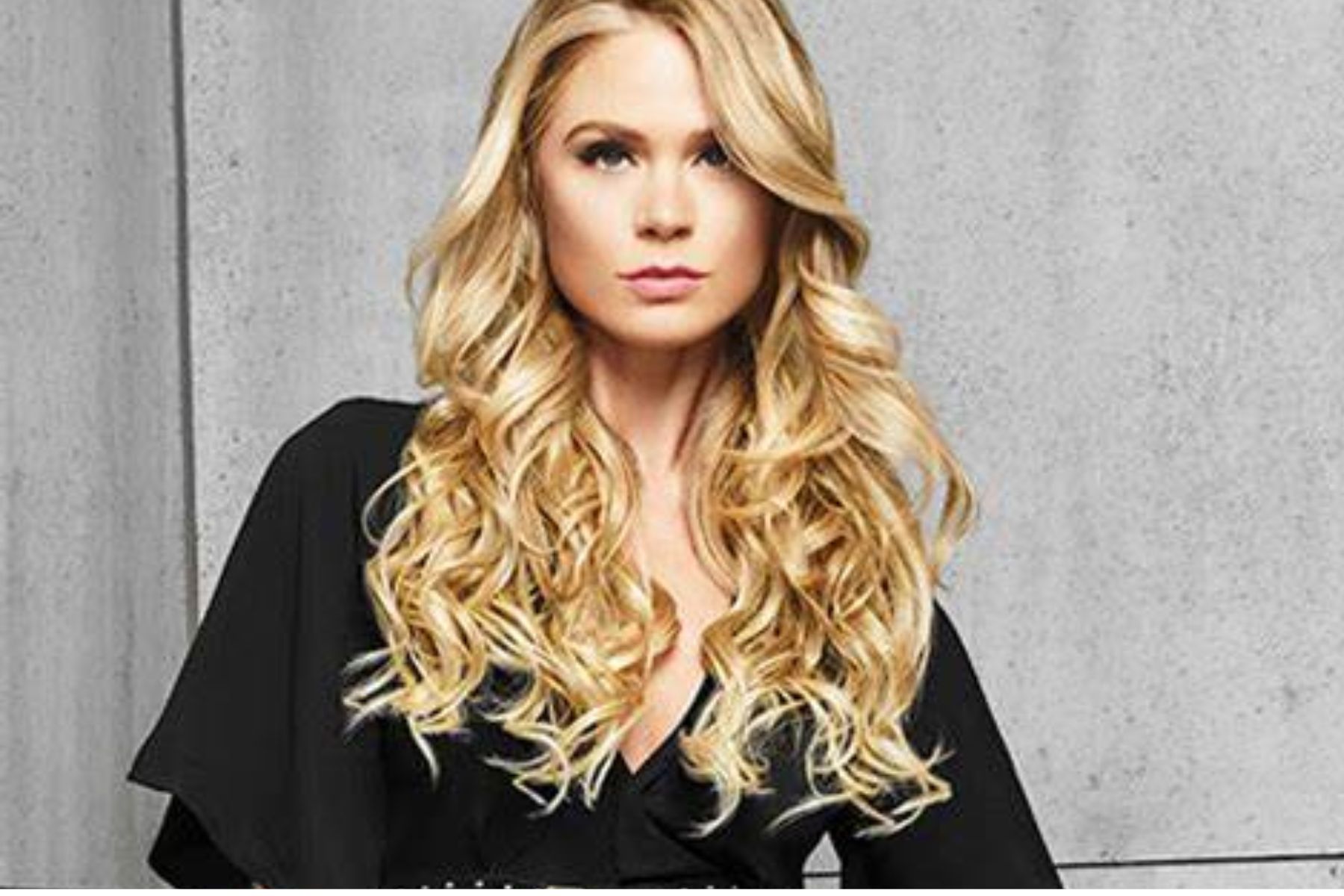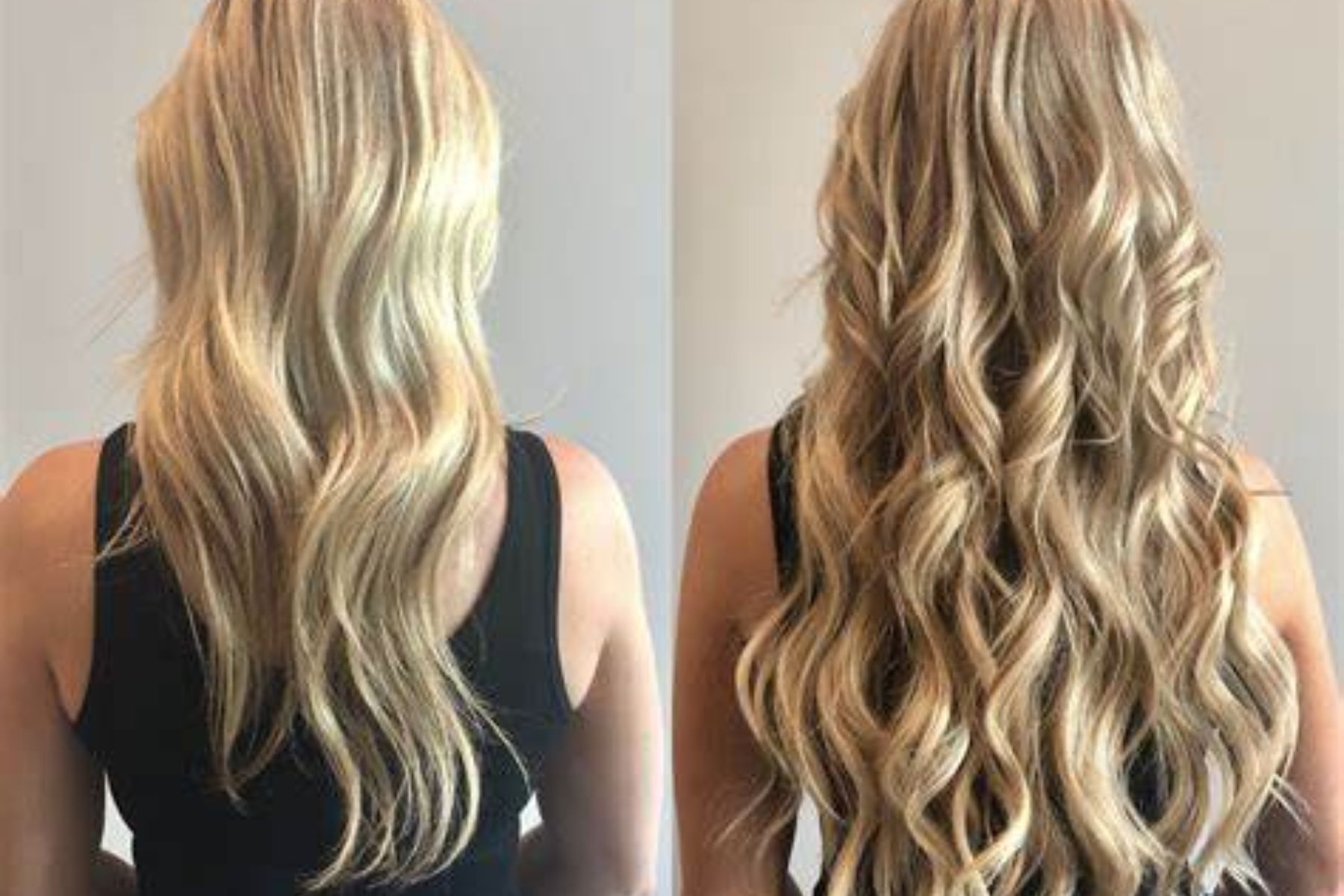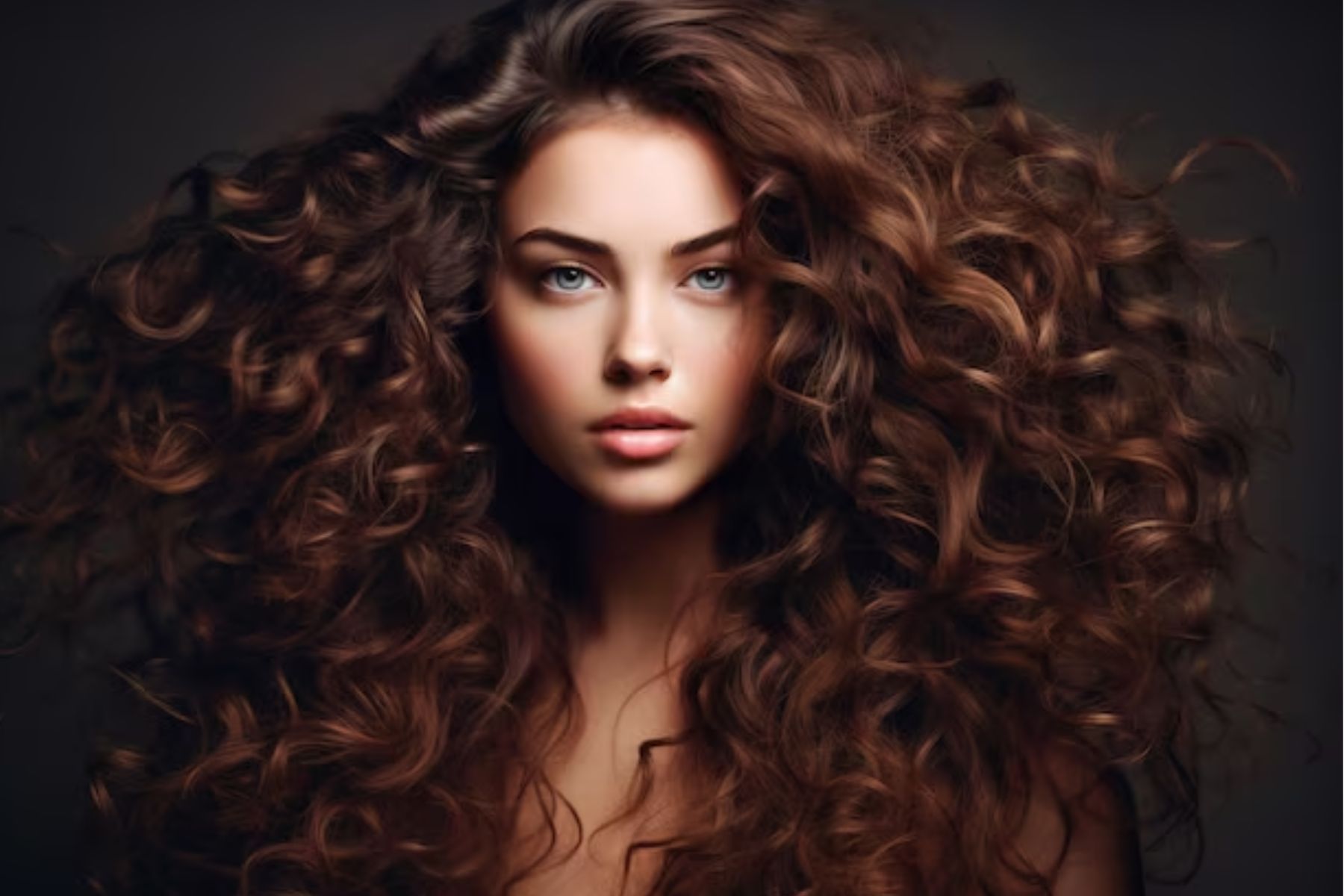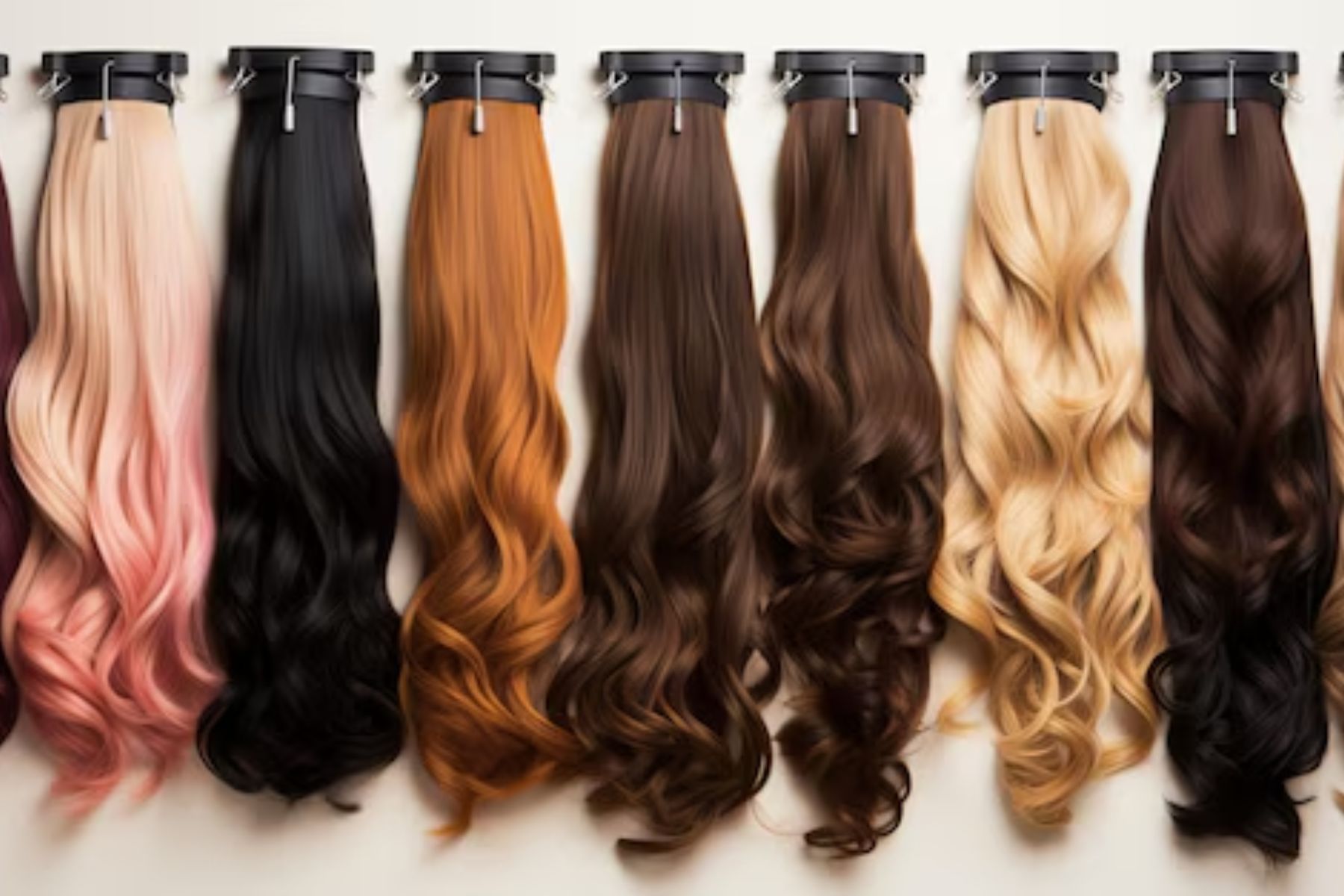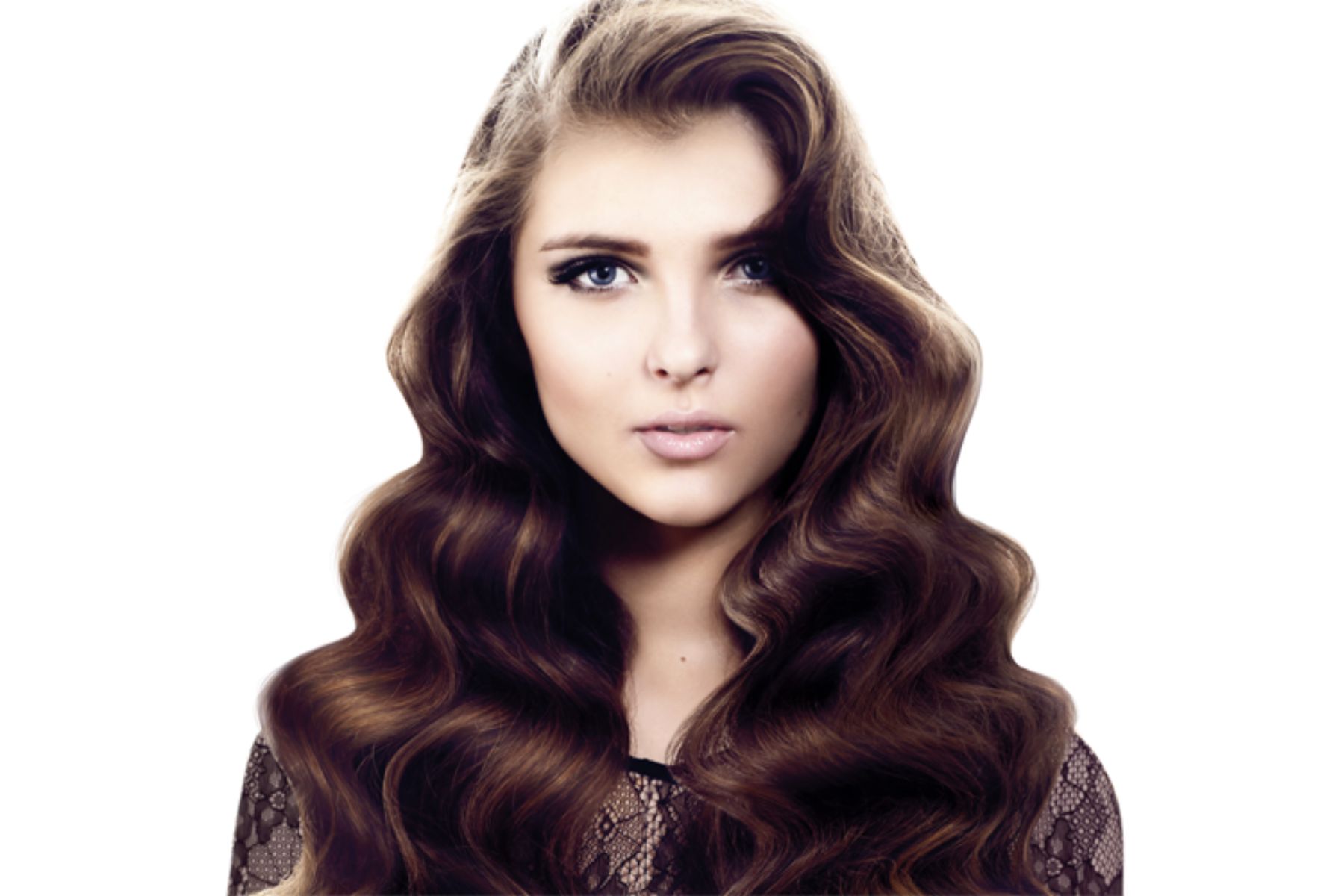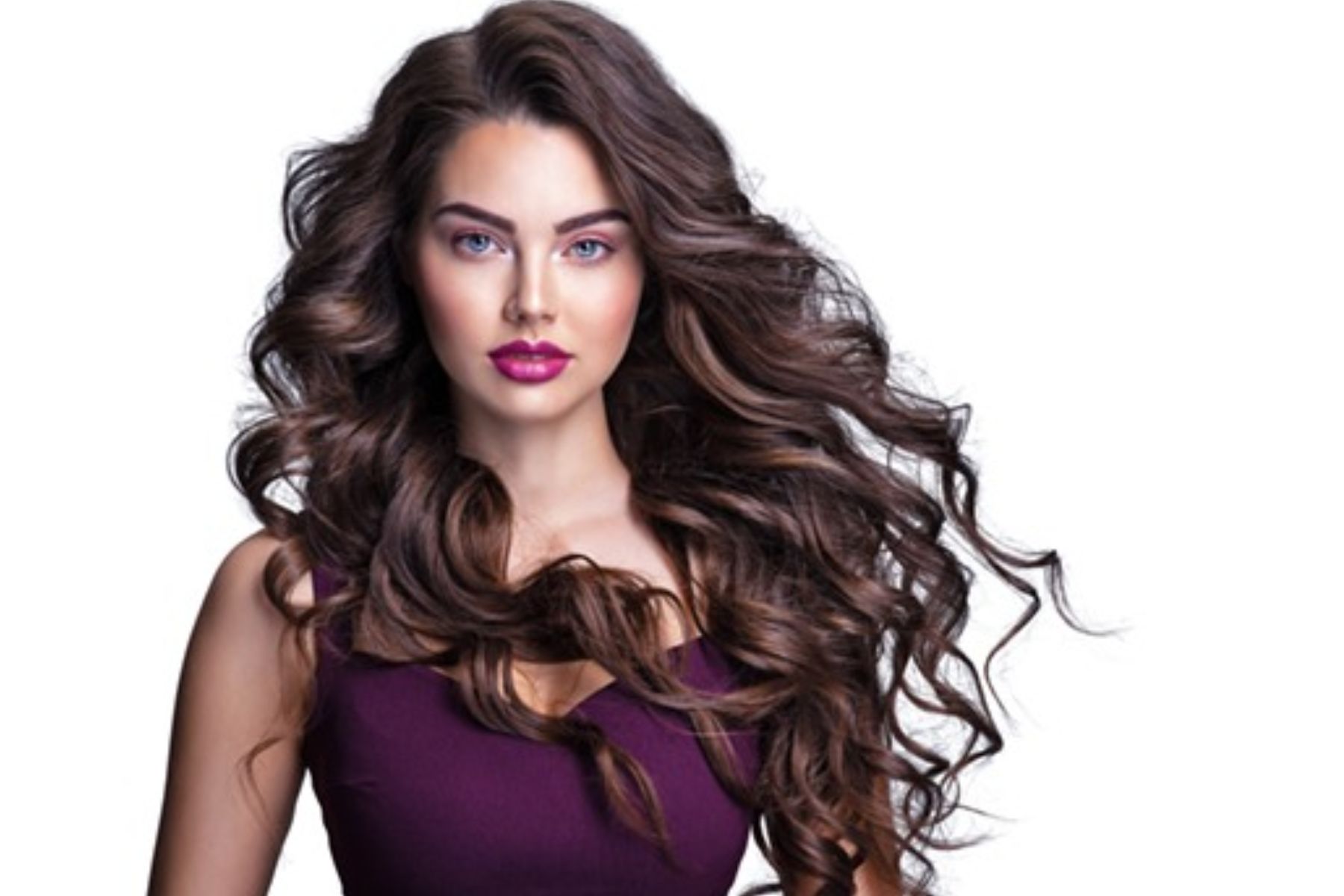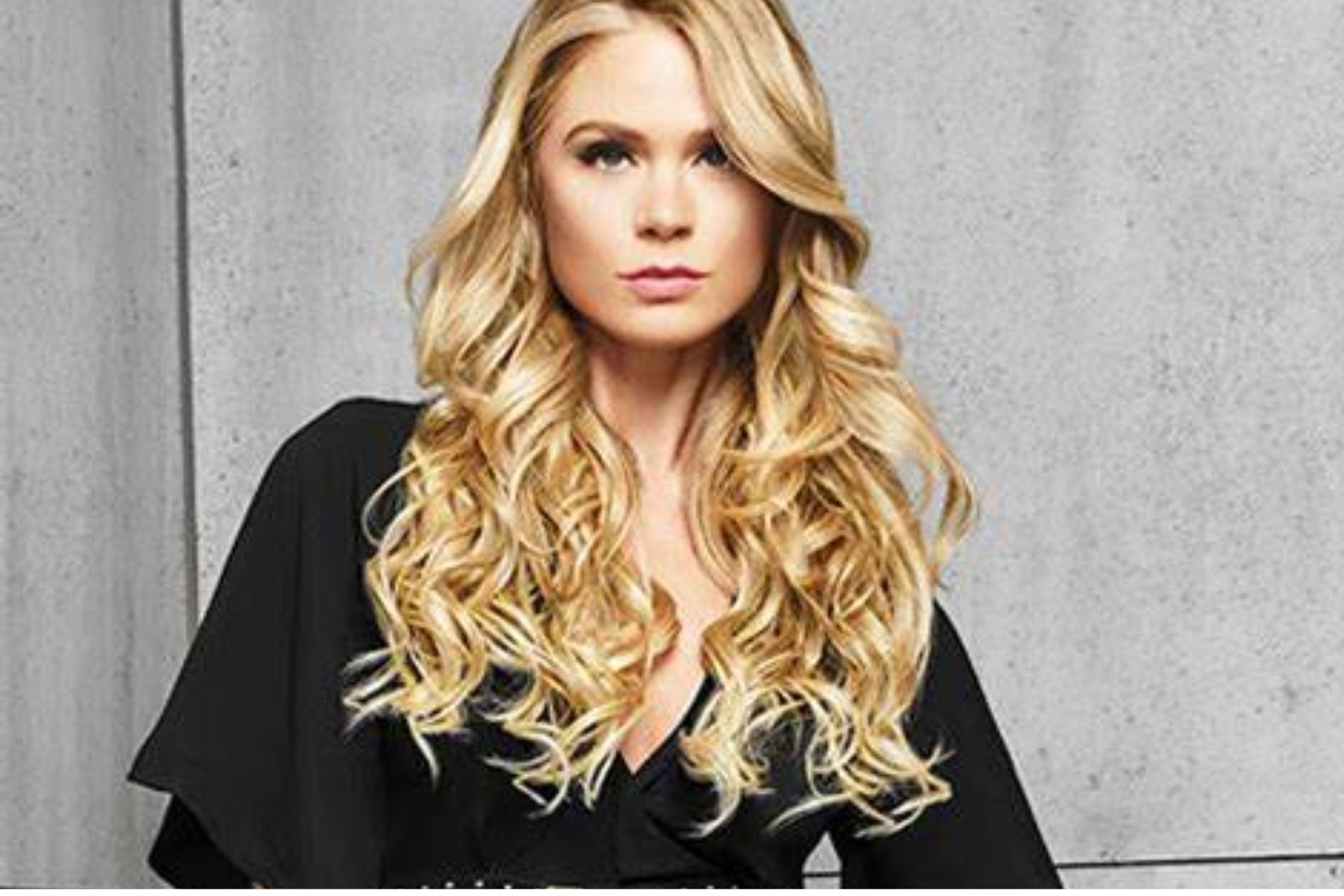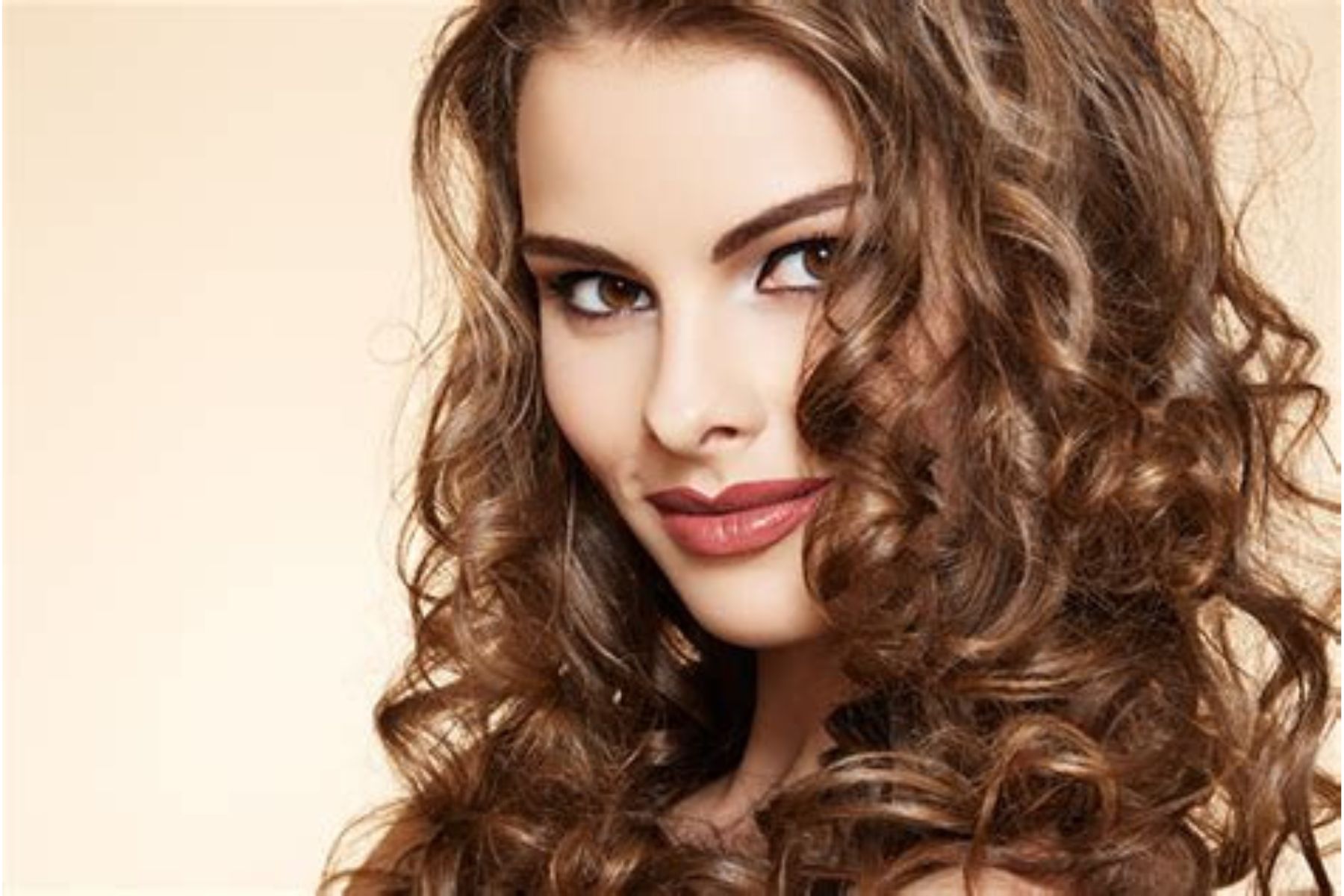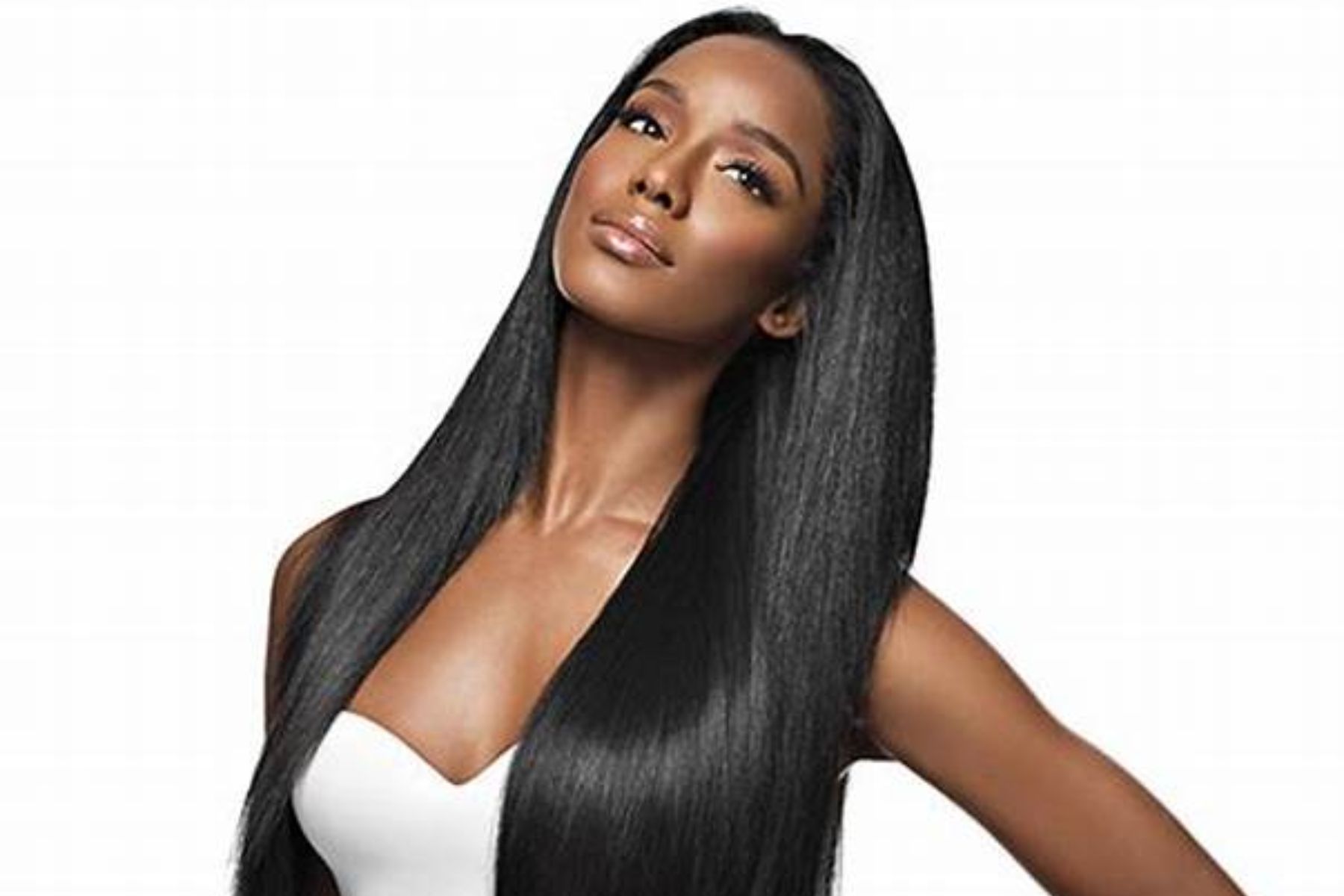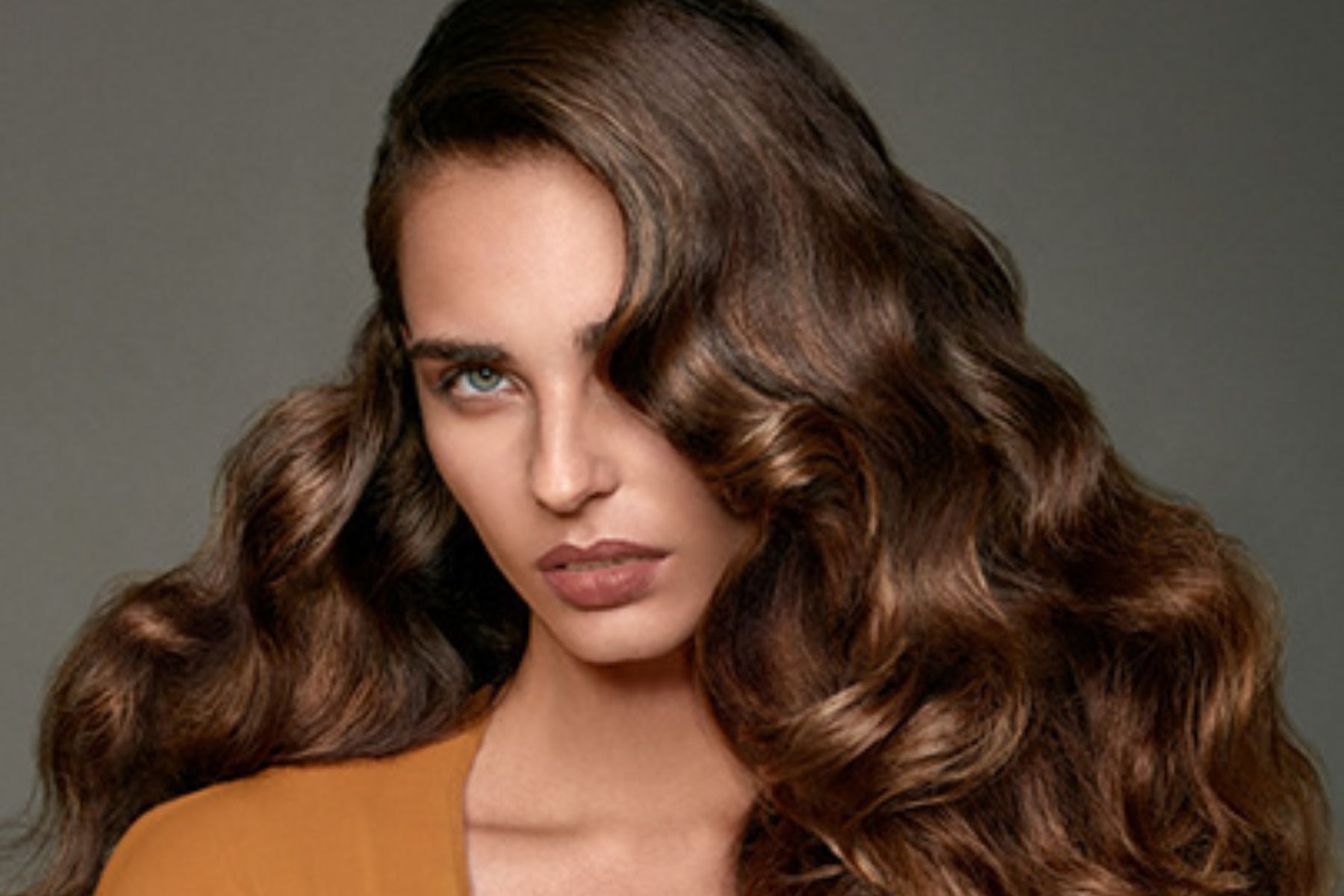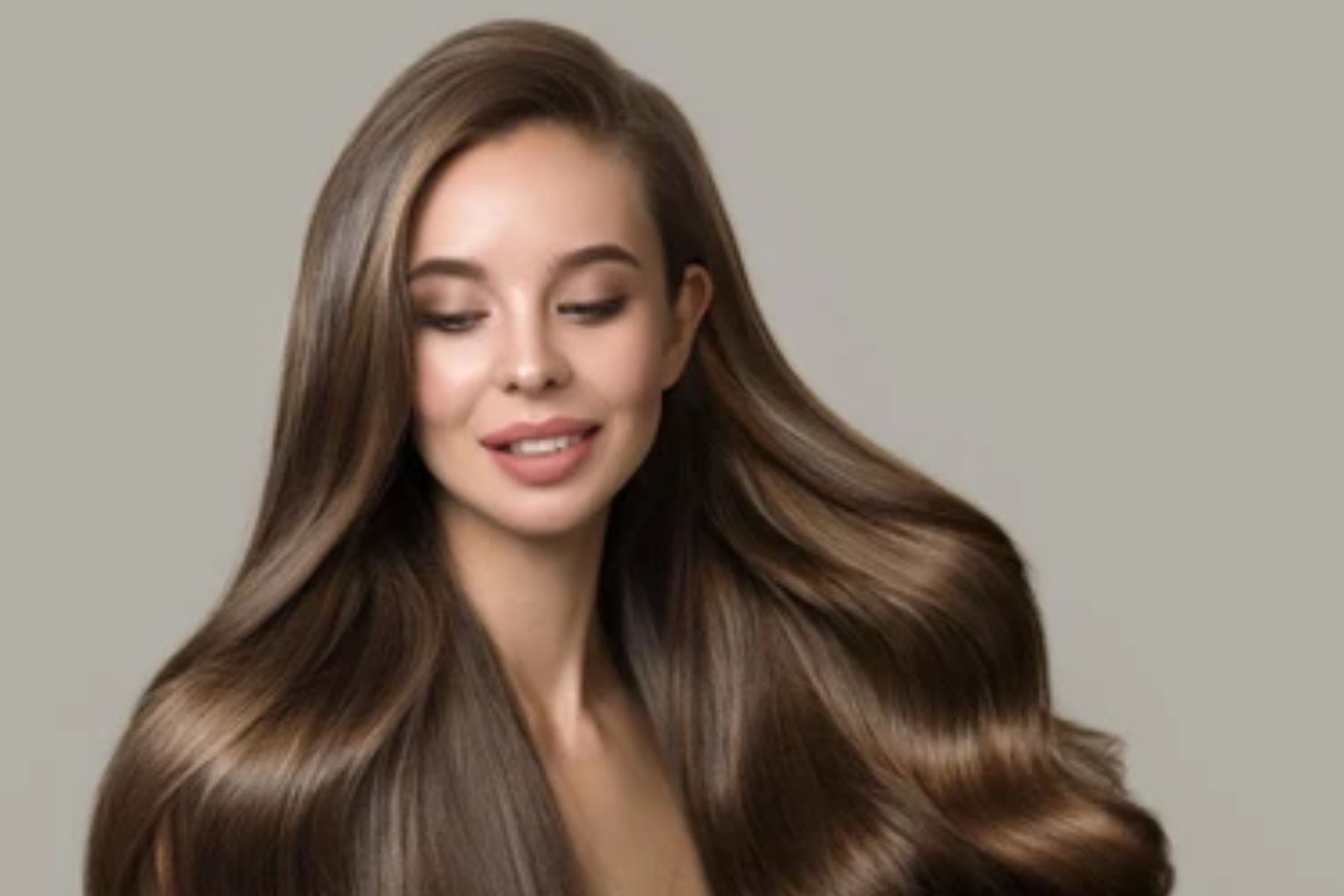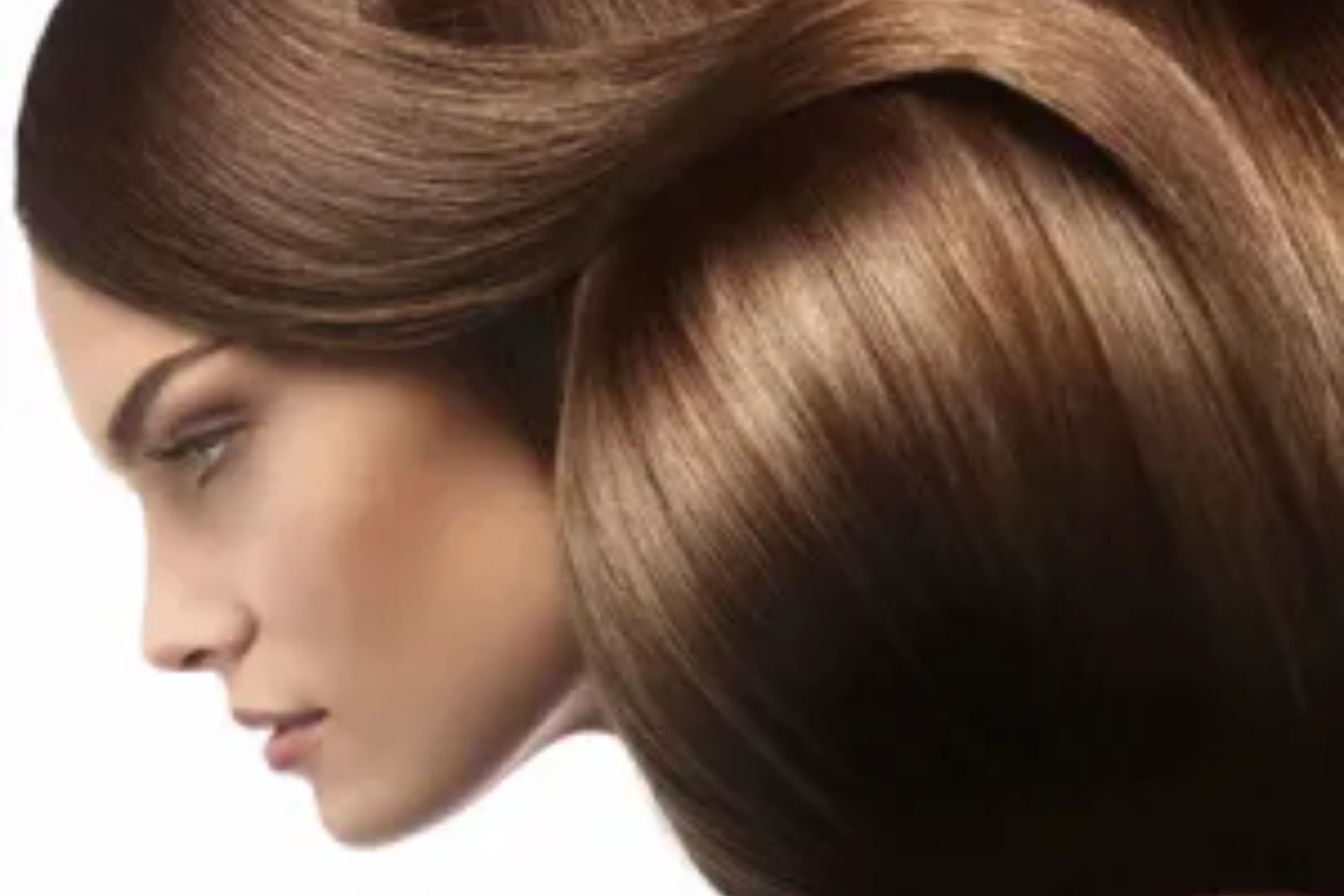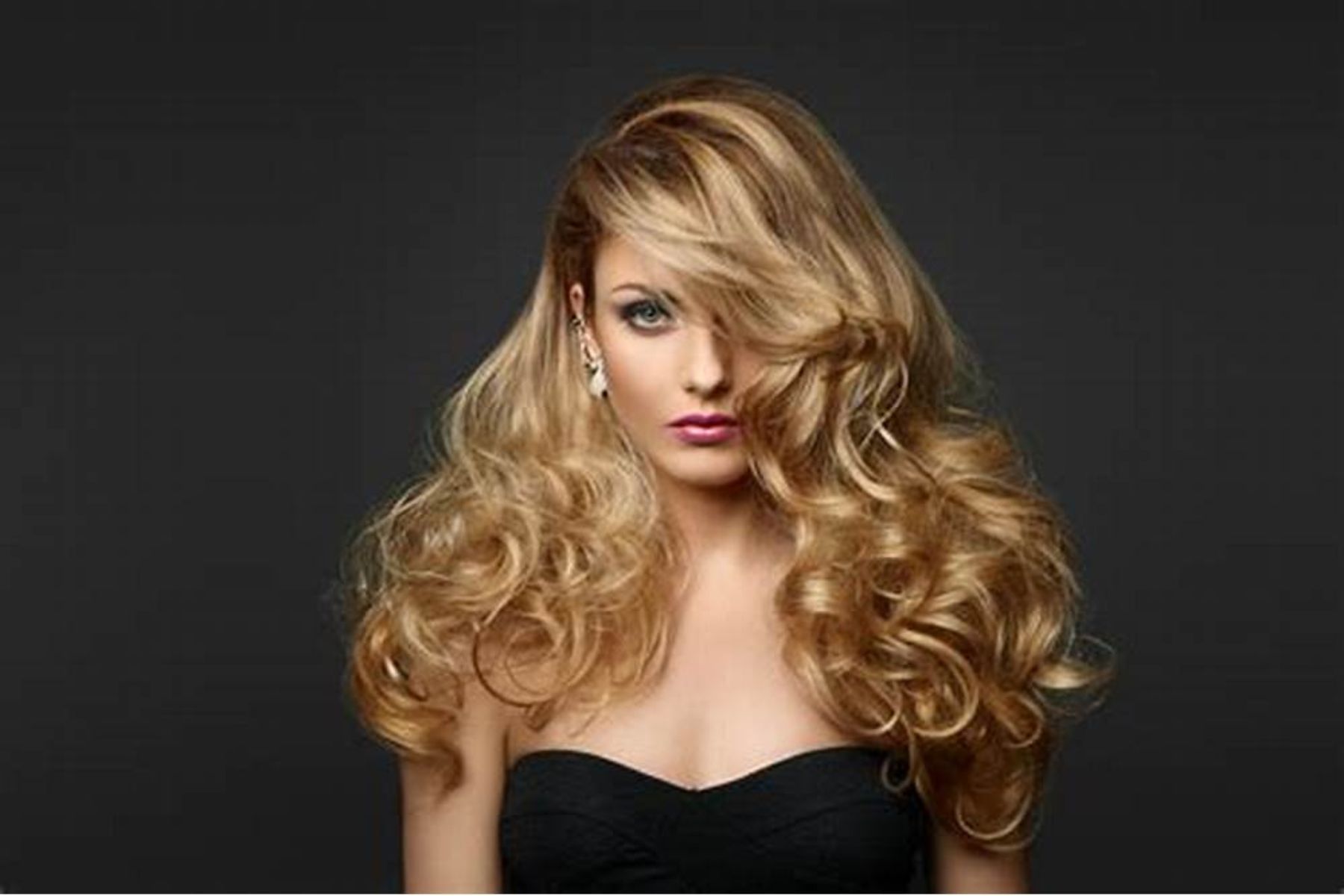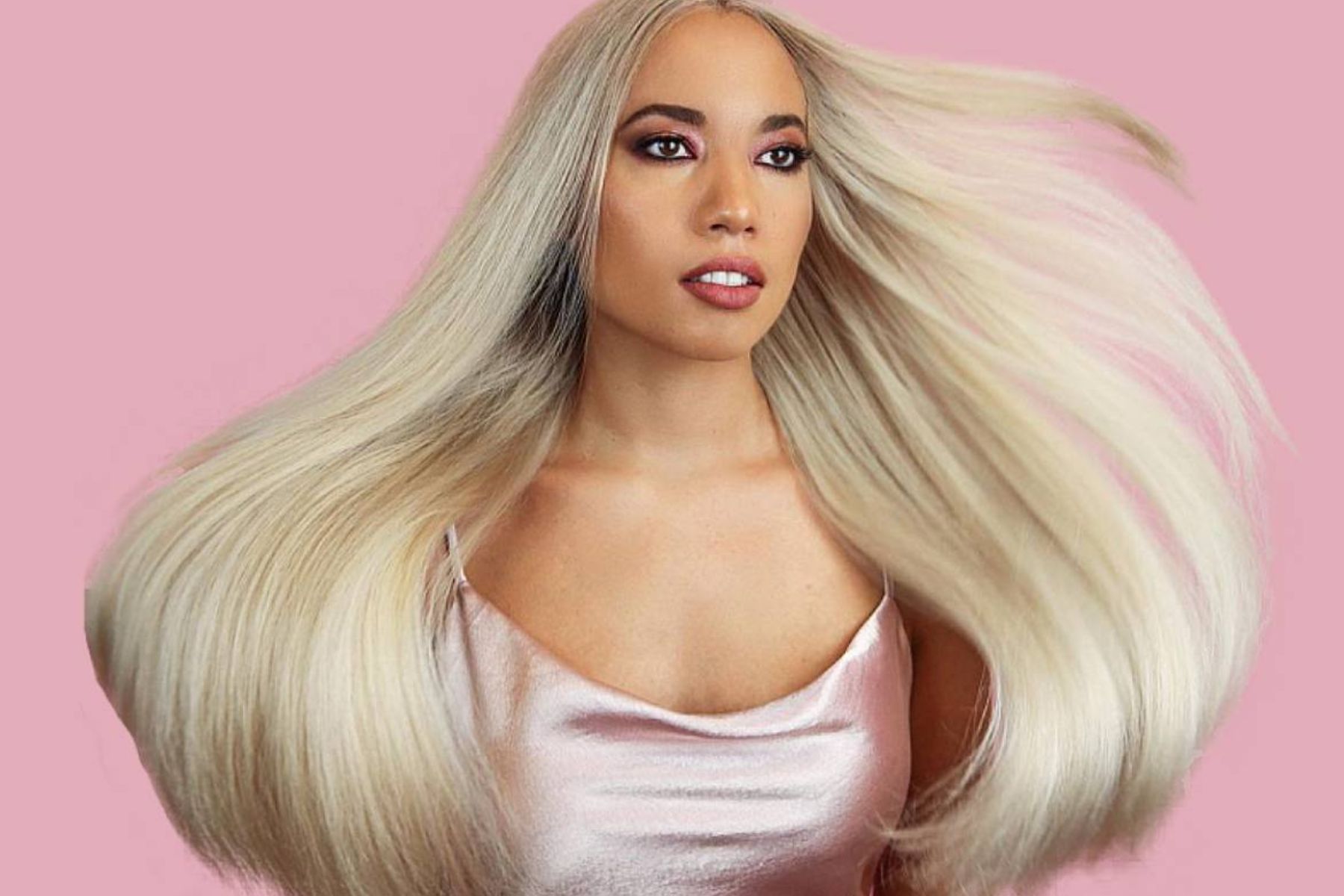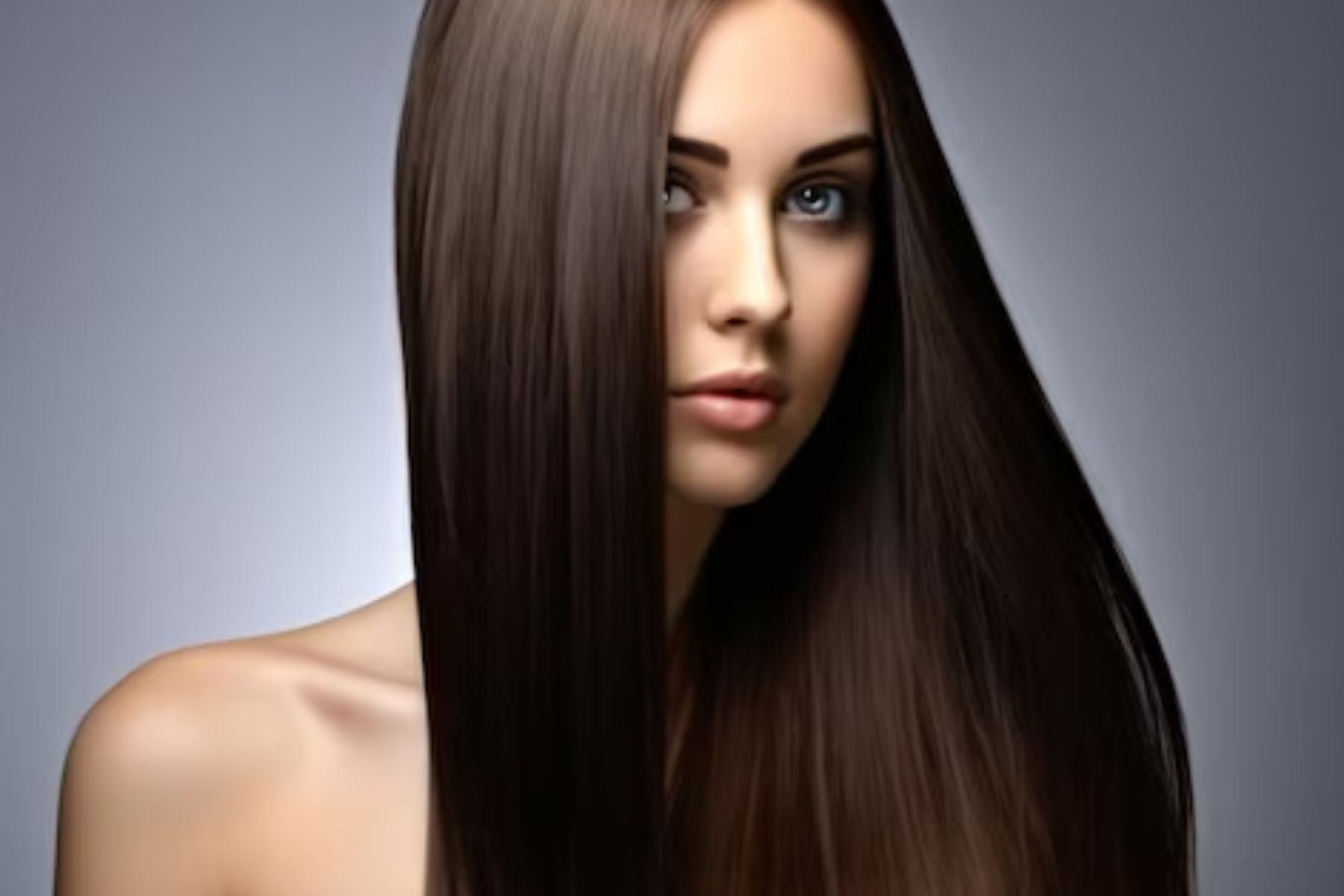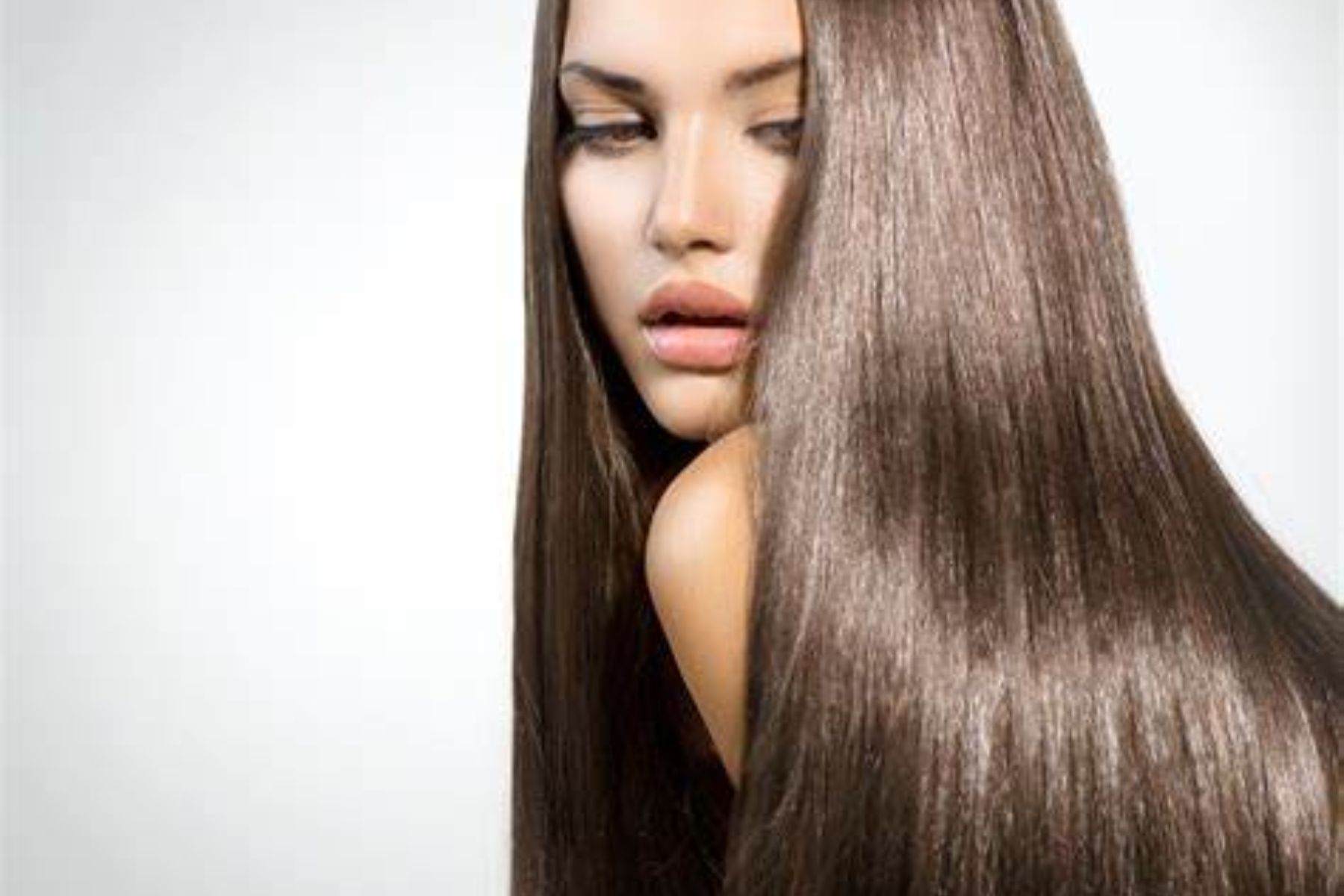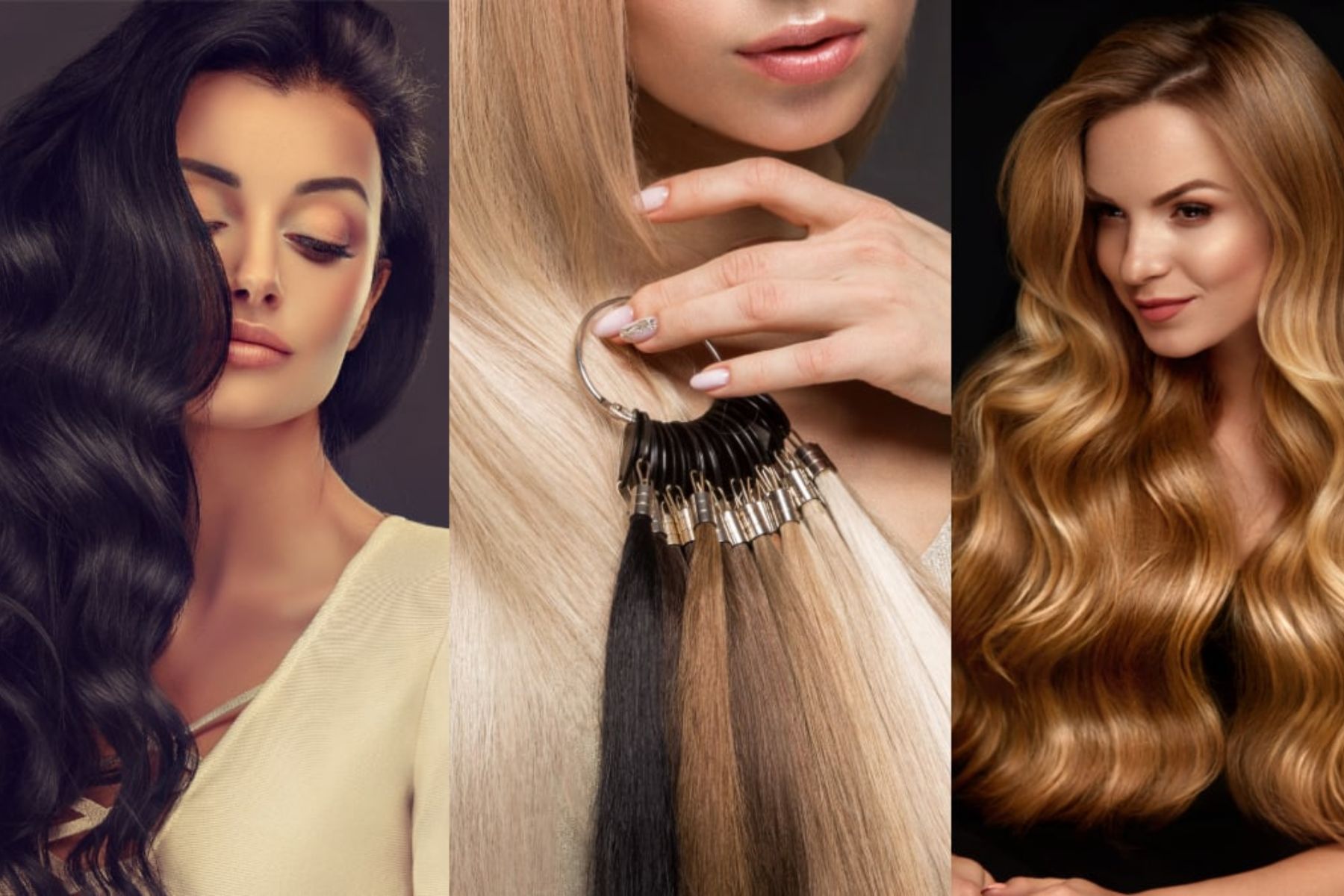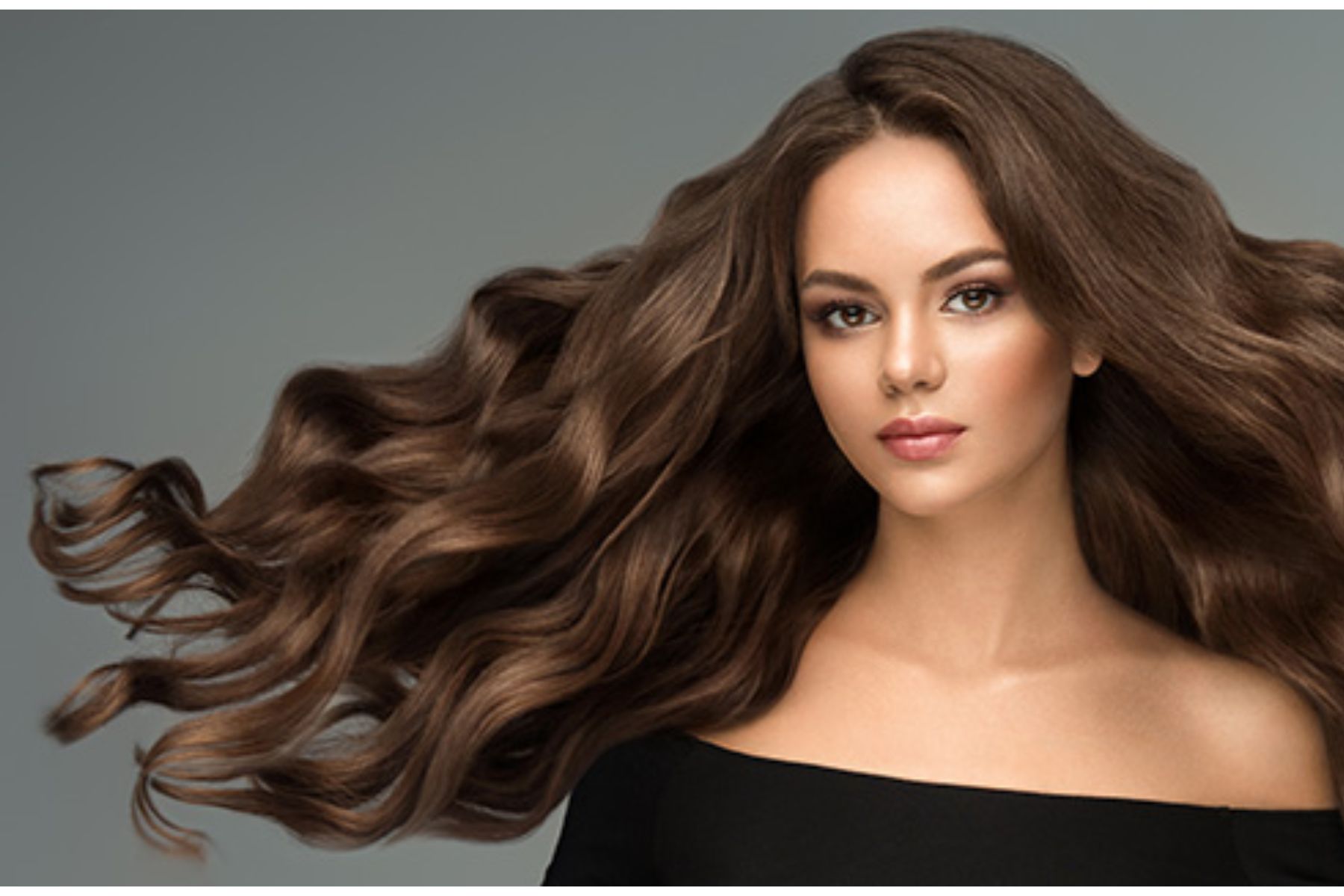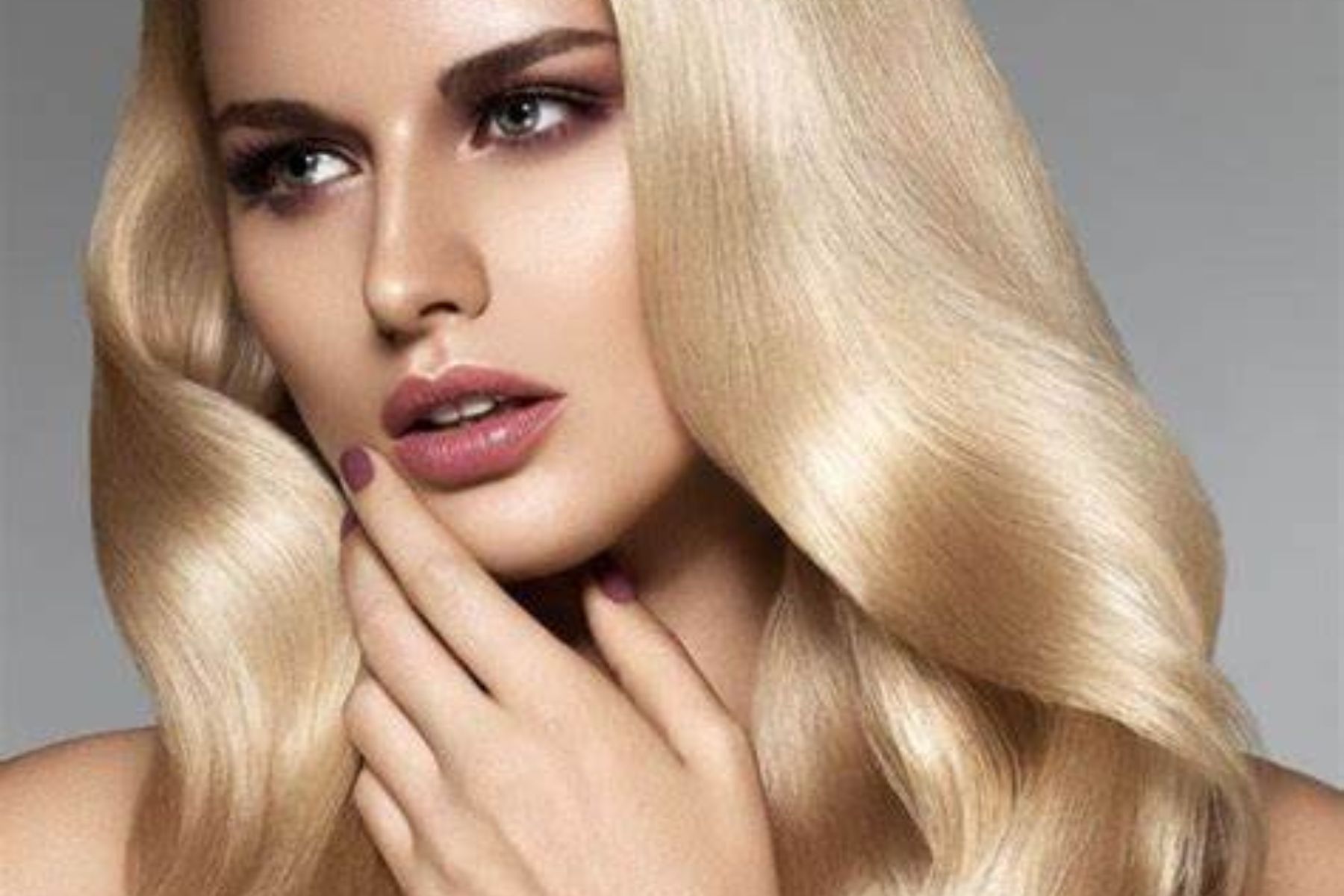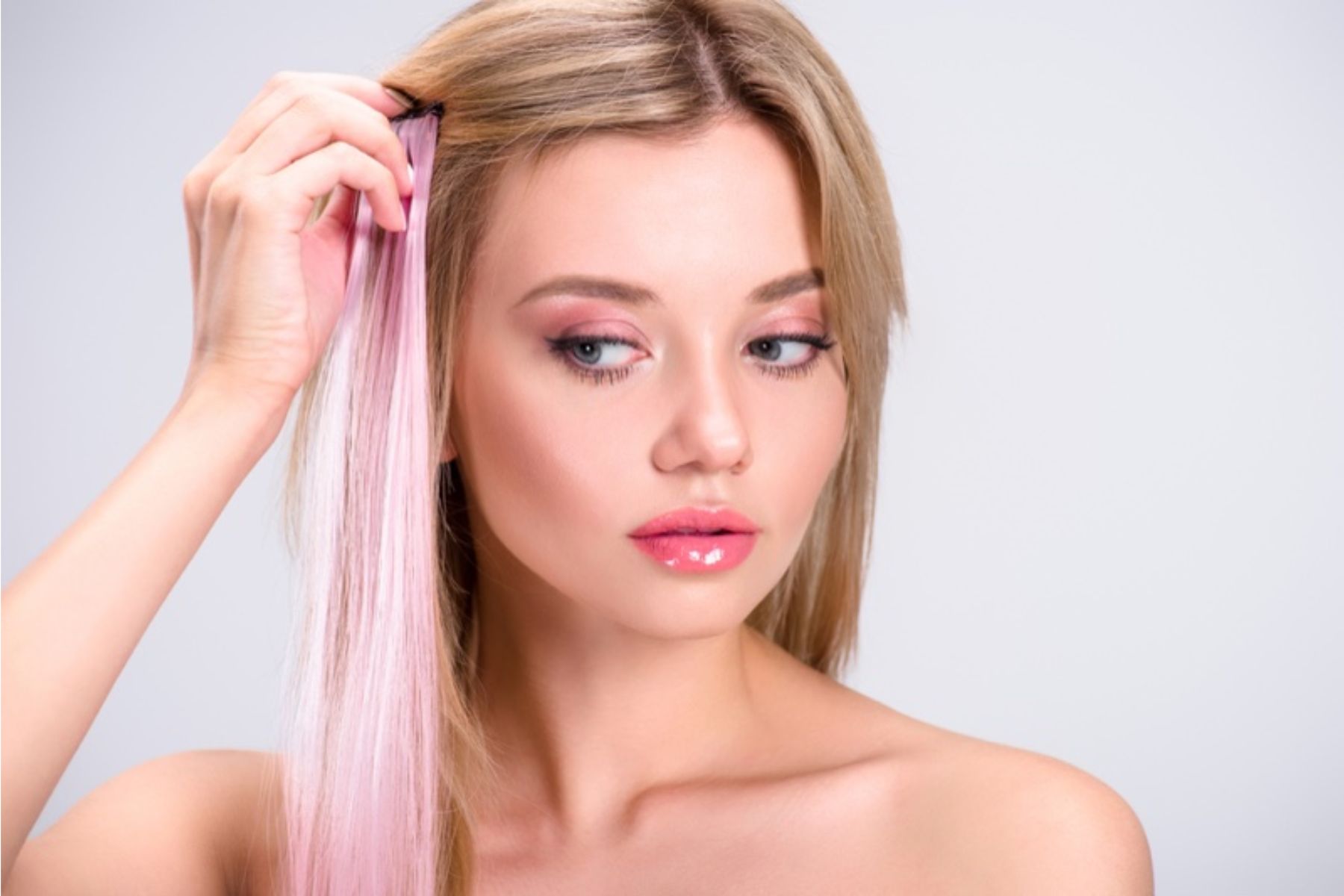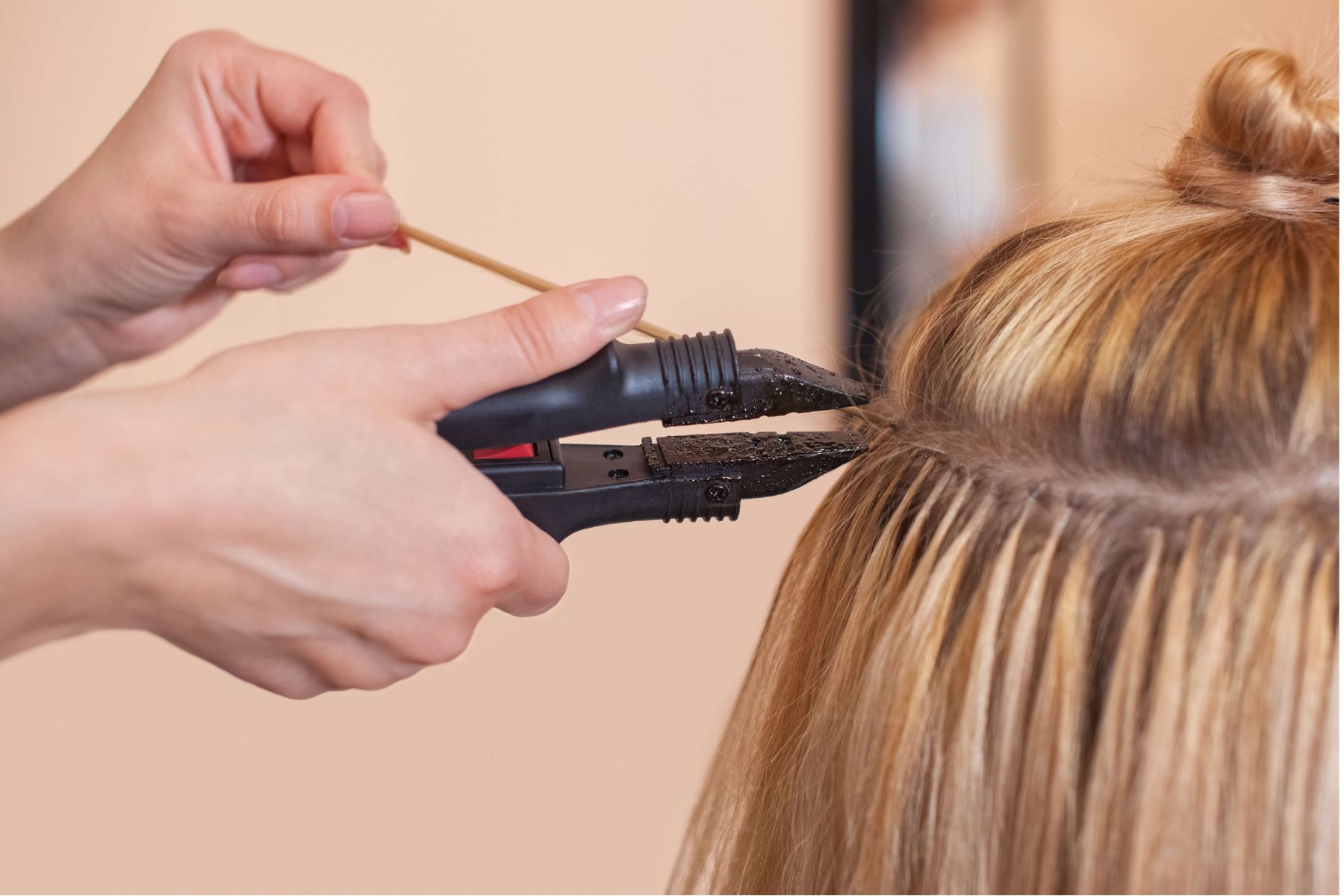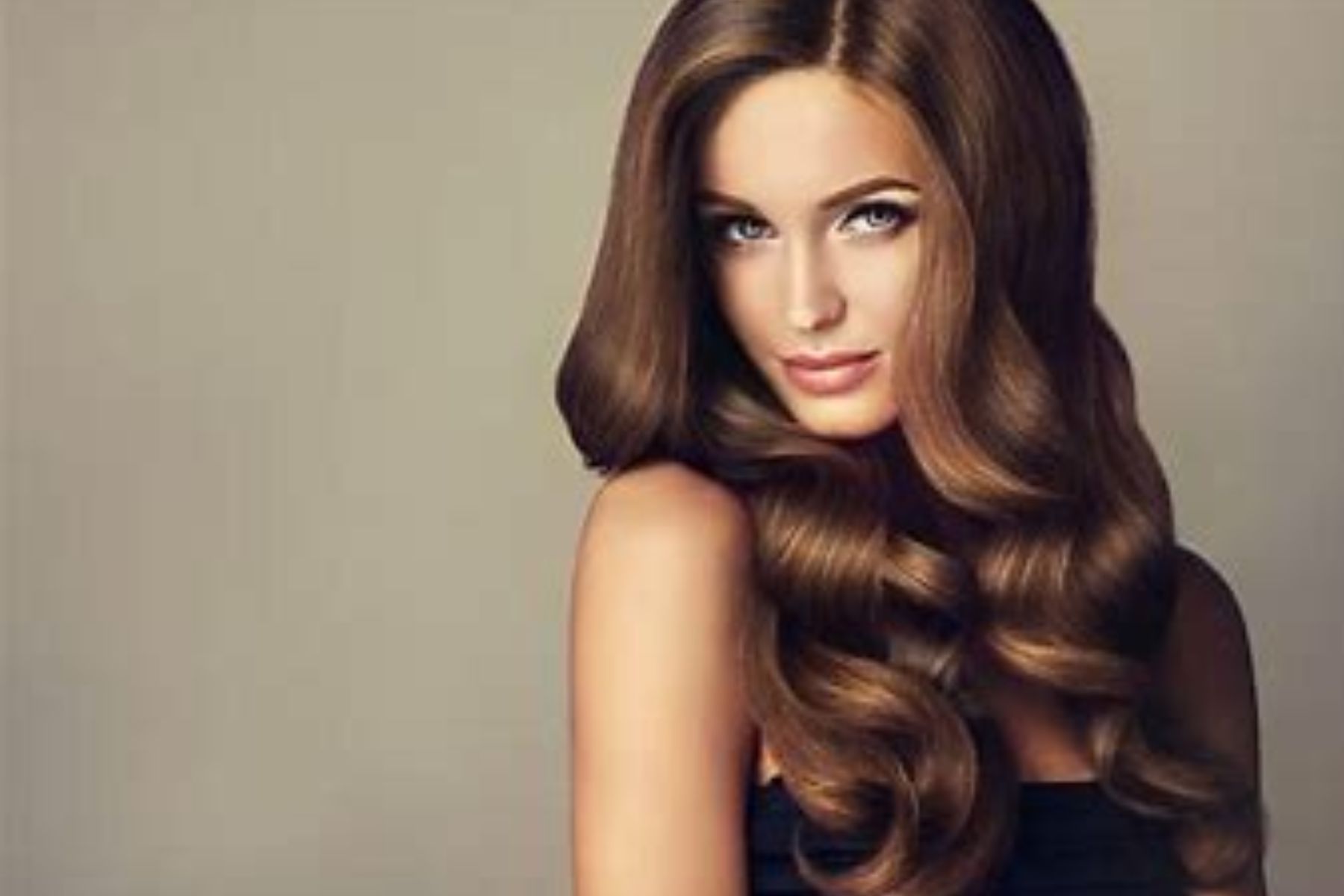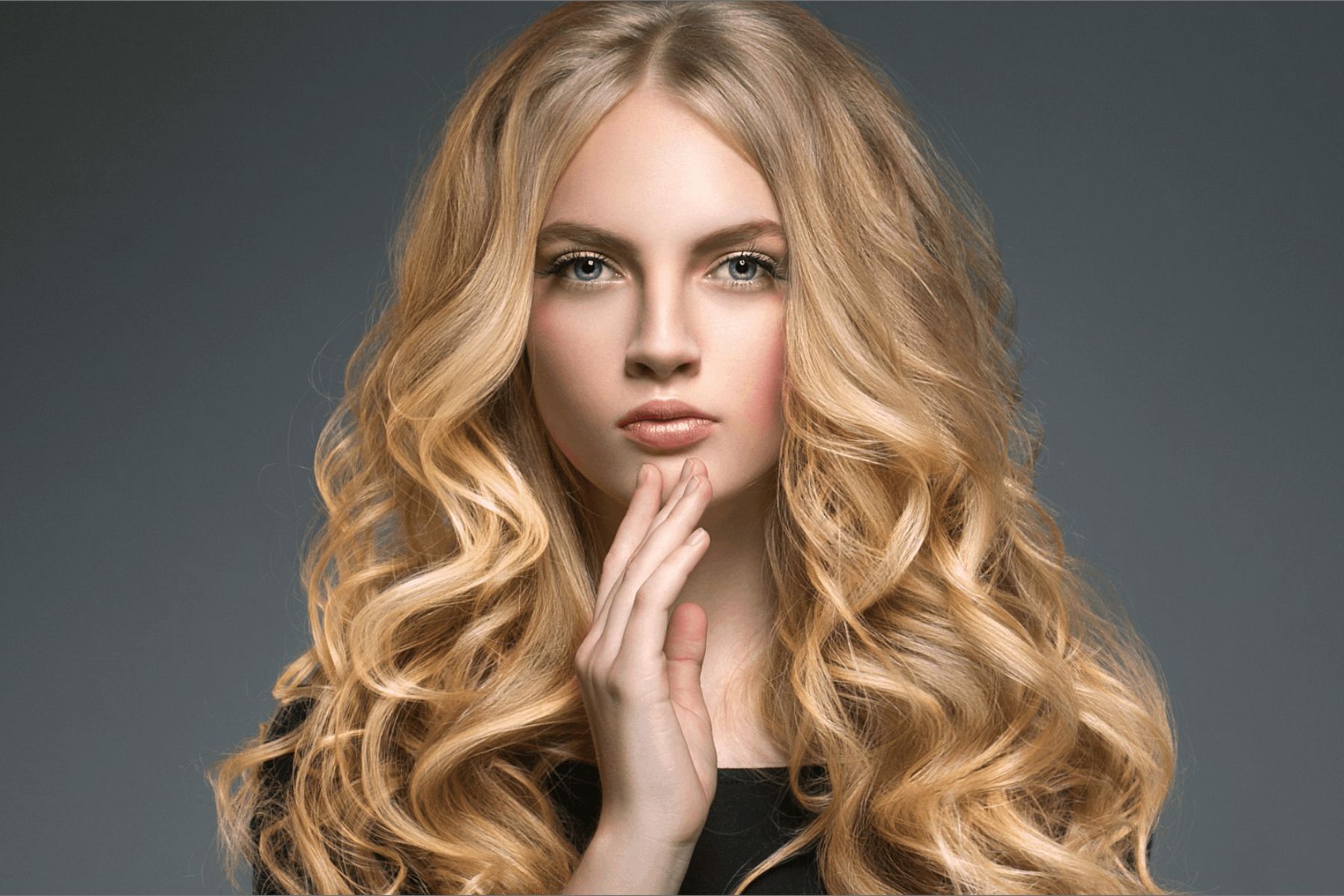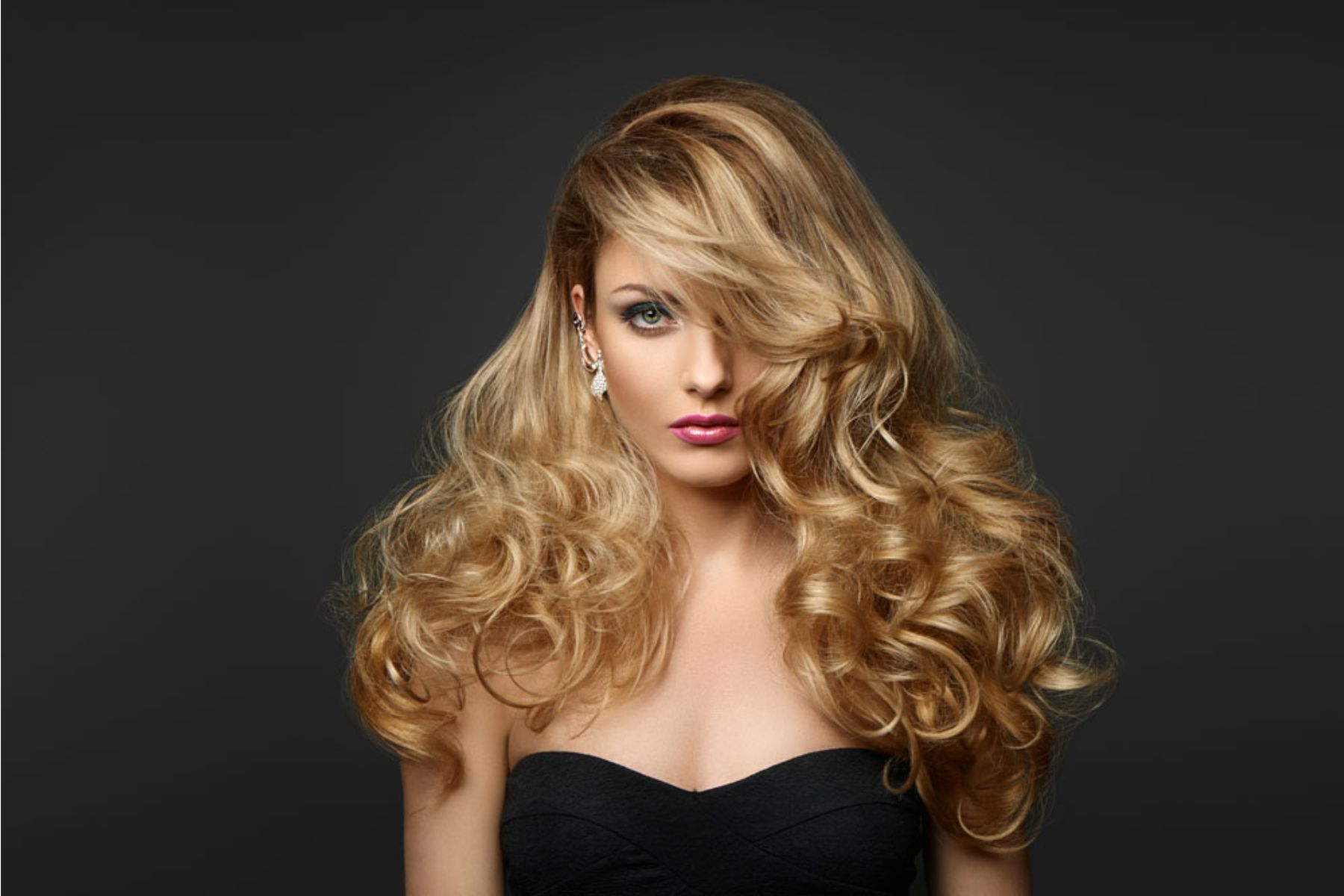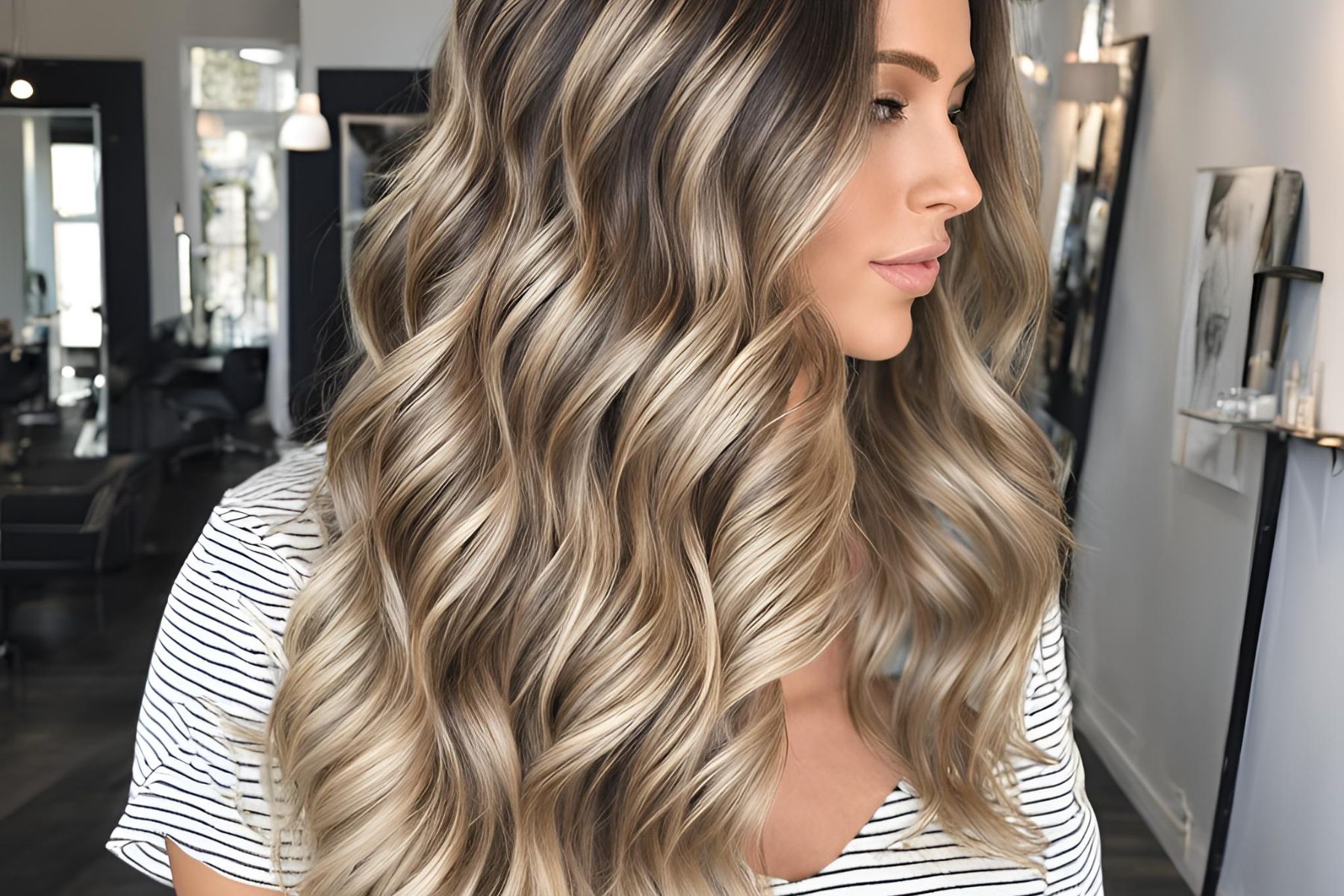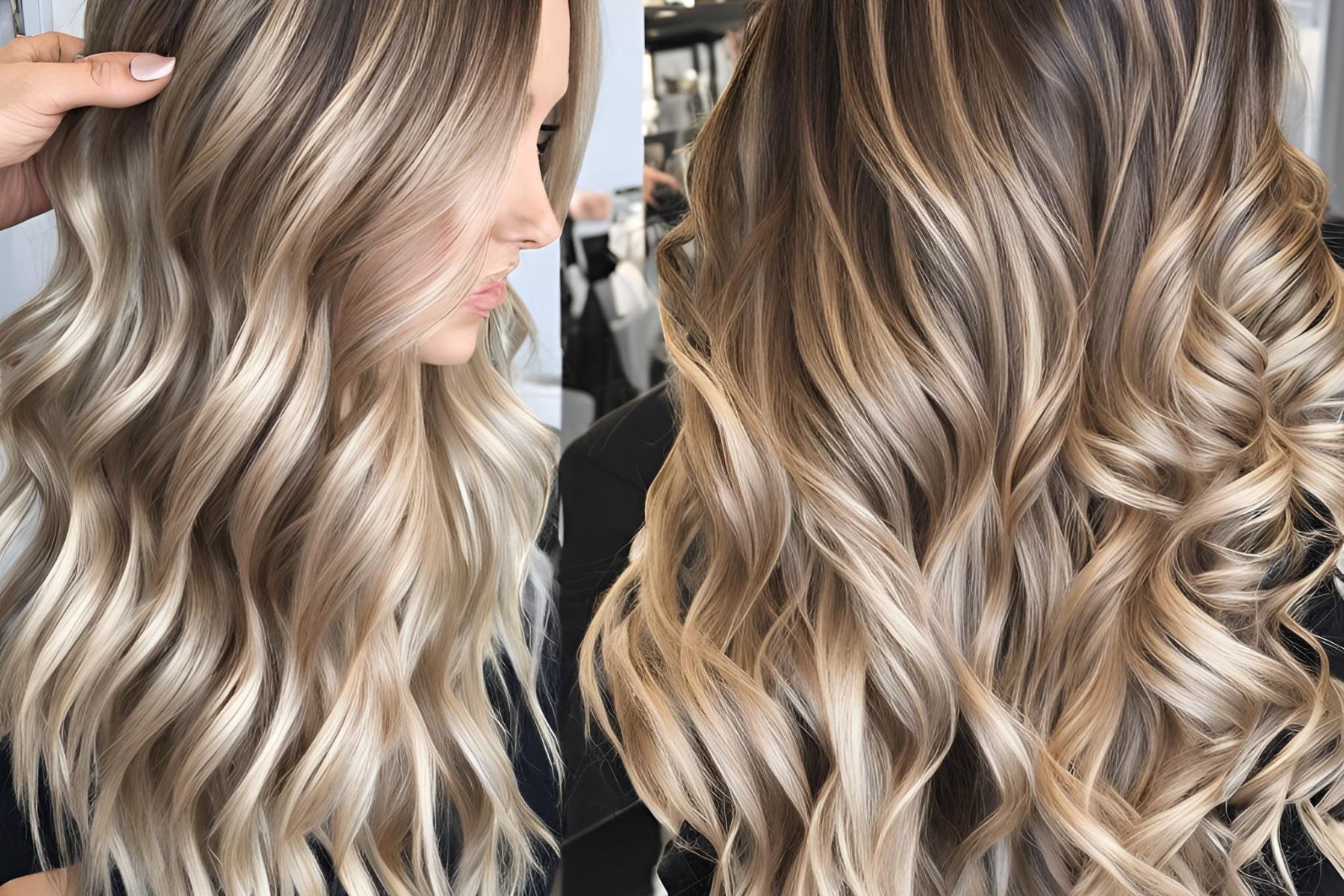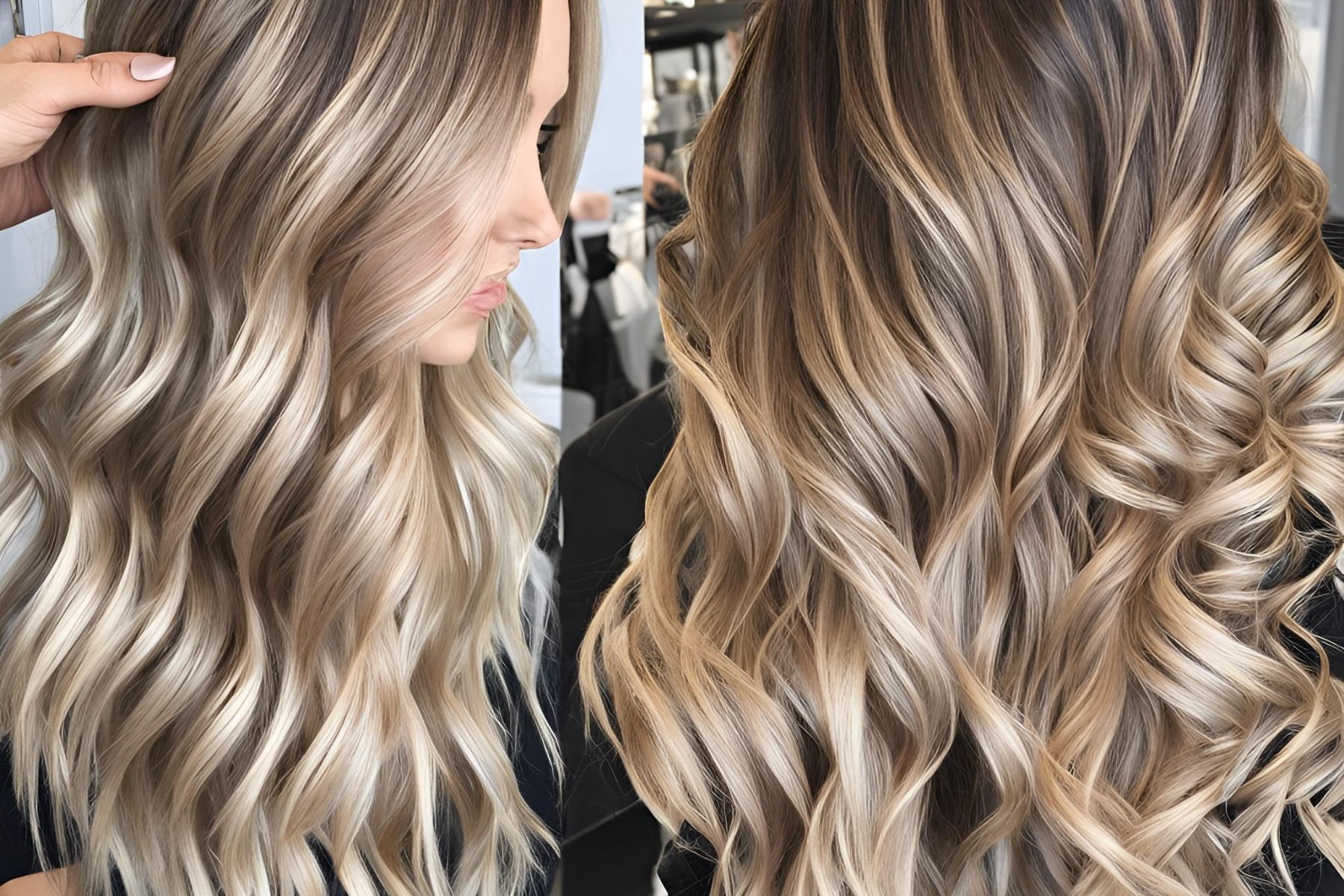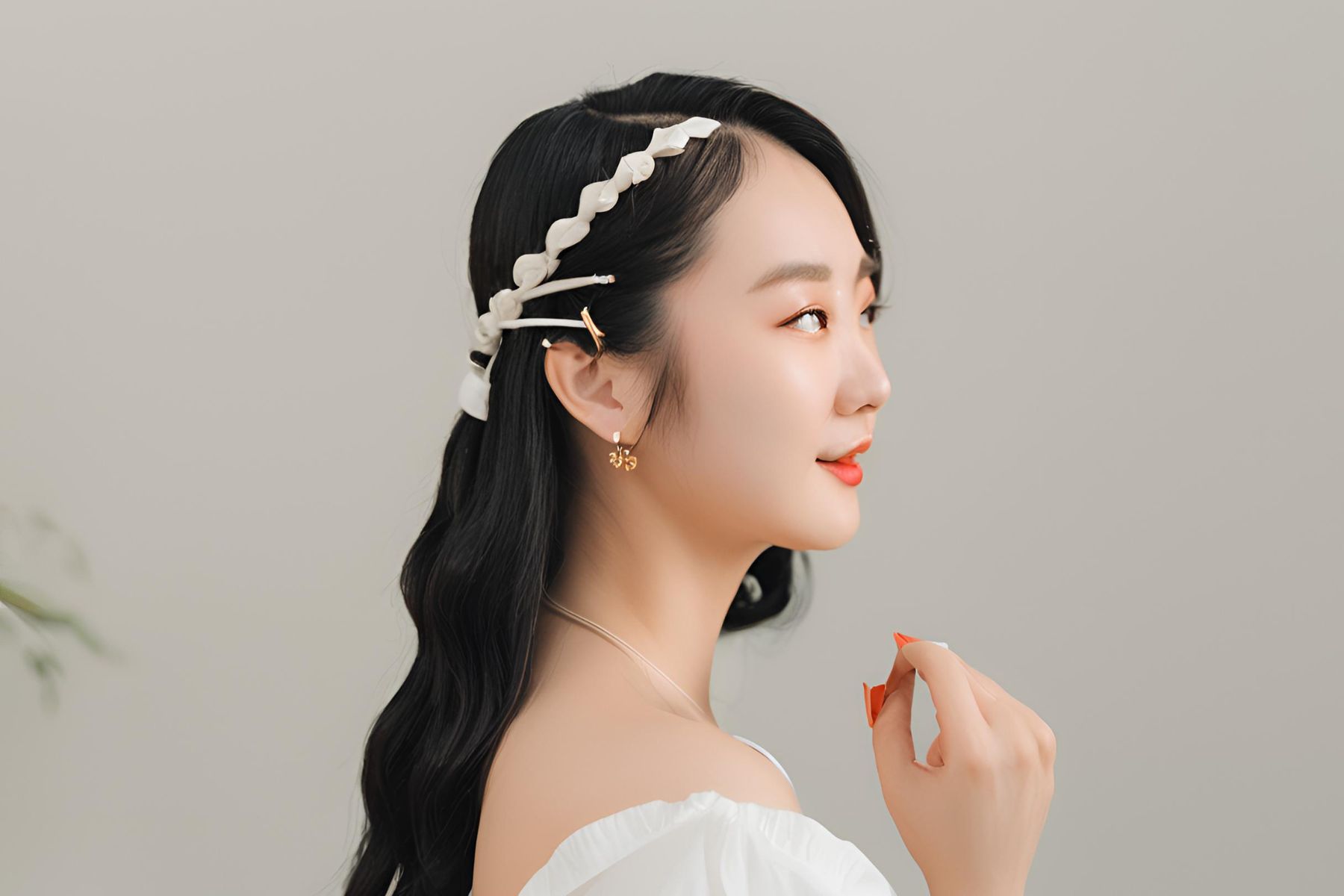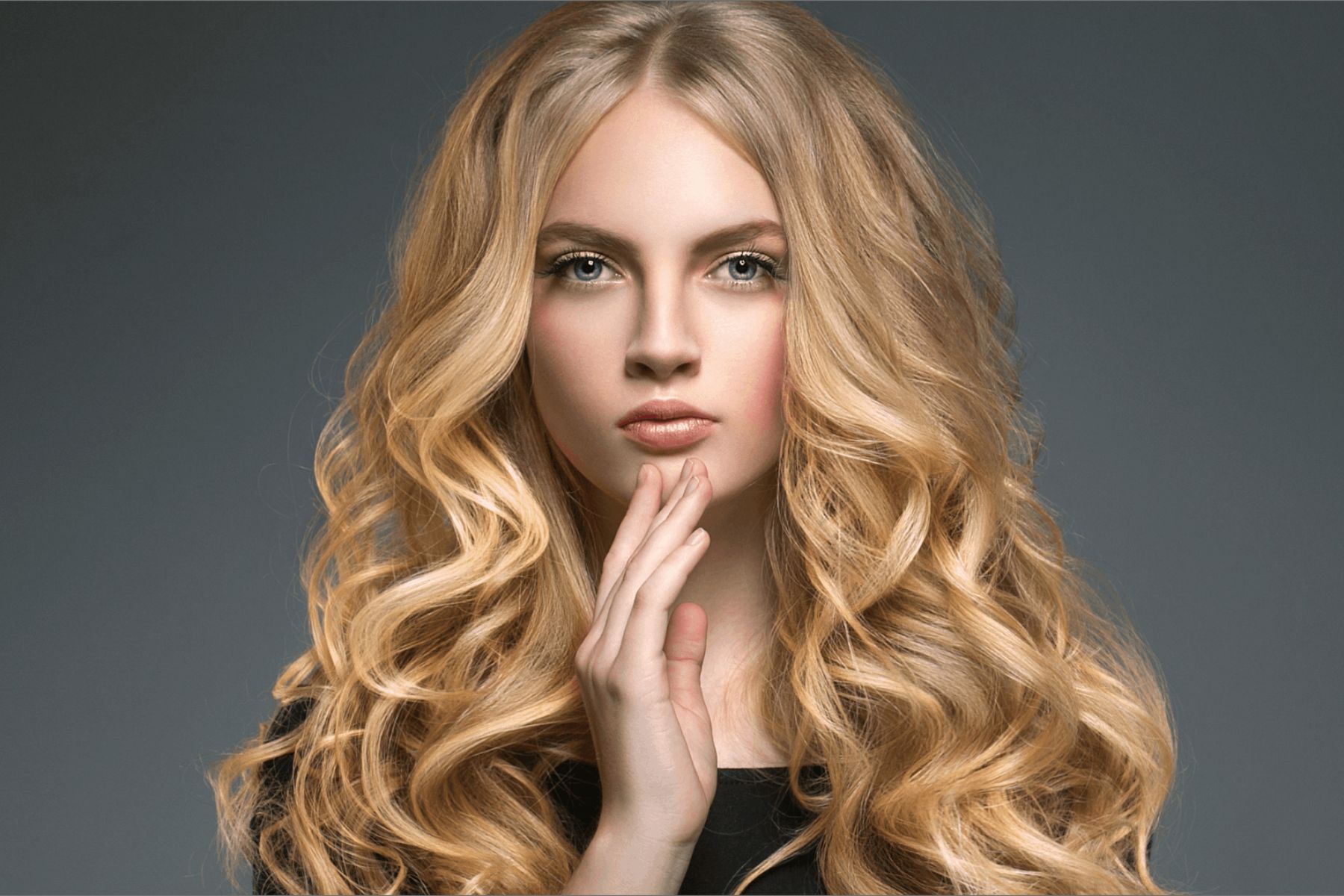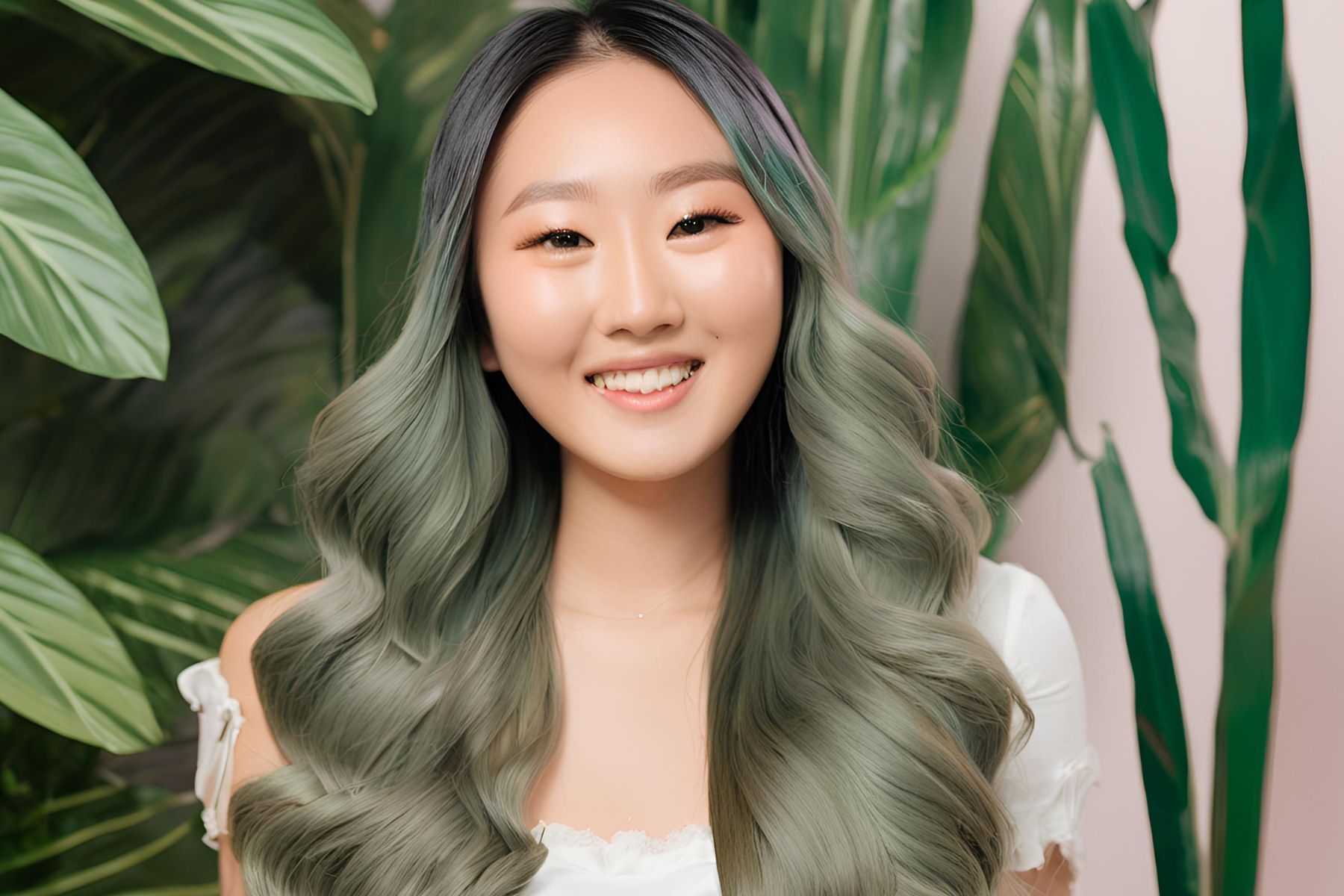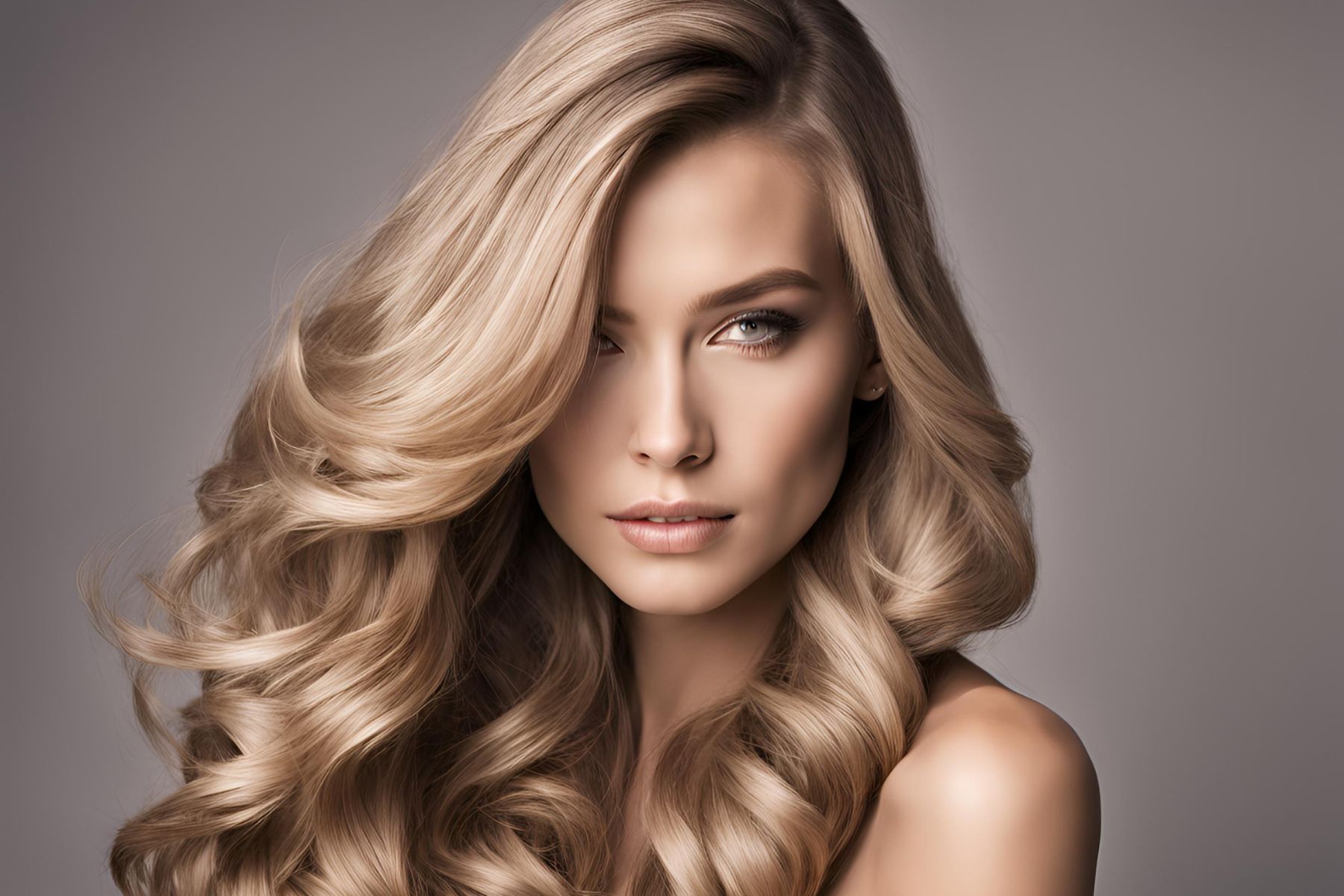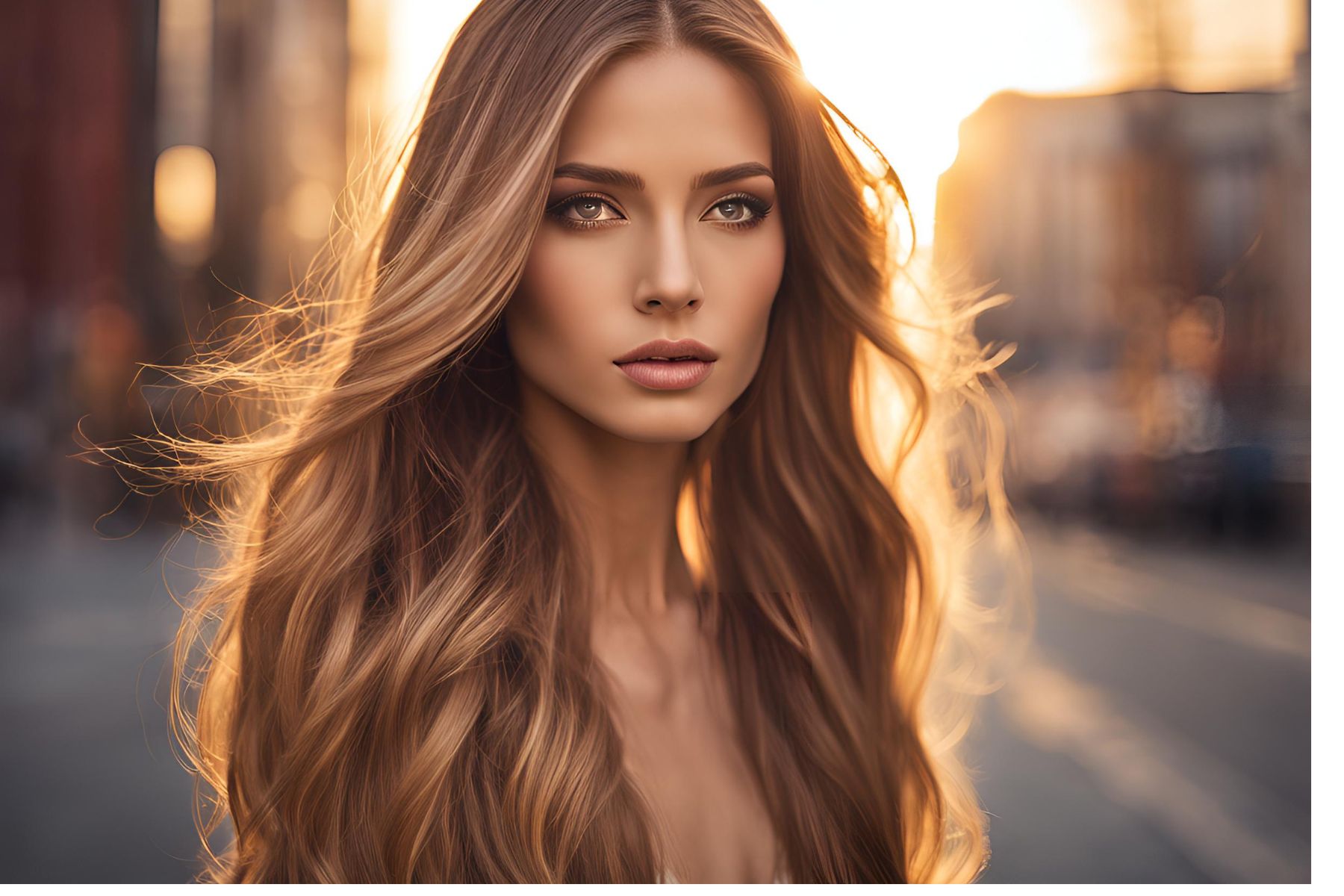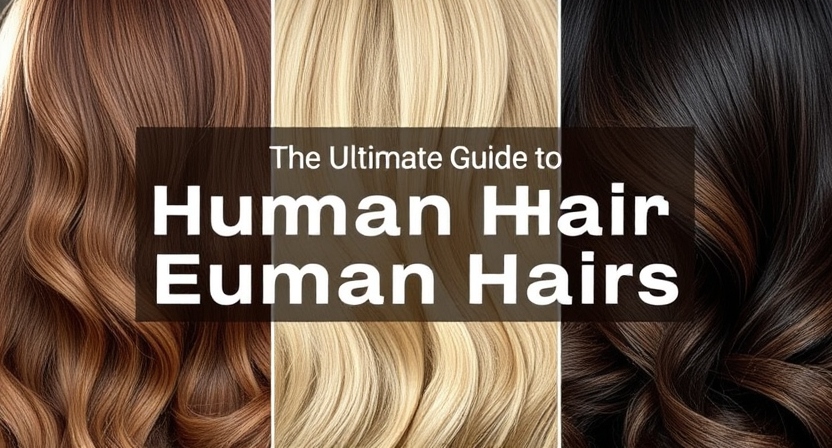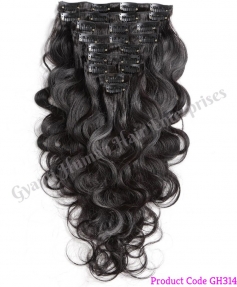Introduction
In the thriving hair industry, human hair products have become increasingly popular due to their natural appearance and versatility. However, with a myriad of options available, it can be challenging to discern high-quality hair from lower-grade products. This comprehensive guide will equip suppliers and wholesalers with the knowledge and tools to assess the quality of human hair, ensuring they offer their customers the best possible products.
Understanding the Basics of Human Hair
Human hair is sourced from individuals who have voluntarily donated their hair. It undergoes a rigorous processing procedure to remove impurities and prepare it for use in various hair products. The quality of human hair is influenced by several factors, including the donor's hair health, processing techniques, and the final product's manufacturing process.
Key Factors Affecting Human Hair Quality
-
Hair Cuticle:
- The hair cuticle is the outermost layer of the hair shaft. It consists of overlapping scales that protect the inner layers of the hair.
- Virgin Hair: Hair that has not been chemically treated or colored. It has an intact cuticle, making it the highest quality and most expensive type of human hair.
- Remy Hair: Hair that is collected and processed in a way that preserves the cuticle's direction, ensuring a smooth, tangle-free appearance.
- Non-Remy Hair: Hair that has been processed without regard to the cuticle's direction, leading to tangles and a less natural appearance.
-
Hair Texture:
- Human hair comes in various textures, such as straight, wavy, curly, and kinky.
- The texture of the hair affects its styling versatility and overall appearance.
-
Hair Color:
- Human hair can be naturally colored or chemically processed to achieve different shades.
- Chemically processed hair may be more prone to damage and breakage.
-
Hair Length:
- Longer hair is generally more valuable, as it offers greater versatility in styling and can be cut into shorter lengths.
-
Hair Density:
- Hair density refers to the thickness or fullness of the hair.
- Higher density hair provides a fuller, more natural look.
Assessing Human Hair Quality: A Step-by-Step Guide
-
Visual Inspection:
- Color Consistency: Ensure the hair color is uniform throughout the bundle. Avoid hair with uneven color distribution or obvious signs of dyeing.
- Shine and Texture: High-quality hair should have a natural shine and a soft, silky texture. Avoid hair that feels dry, brittle, or coarse.
- Cuticle Health: Examine the hair strands for signs of damage, such as split ends or breakage. A healthy cuticle will give the hair a smooth, glossy appearance.
-
Burn Test:
- Human Hair: Burns slowly, smells like burning hair, and forms ash.
- Synthetic Hair: Burns quickly, smells like plastic, and forms a hard, plastic-like ball.
-
Combing Test:
- Comb the hair gently to assess its shedding and tangling.
- High-quality hair should shed minimally and comb through easily.
-
Boiling Water Test:
- Boil a pot of water and immerse a small strand of hair.
- High-quality human hair will maintain its shape and texture.
- Low-quality hair or synthetic hair may dissolve or become distorted.
-
Microscopic Examination:
- Use a microscope to examine the hair cuticle.
- A healthy cuticle will appear smooth and intact.
- Damaged cuticles may appear rough or frayed.
Tips for Assessing Human Hair Quality
- Source from Reputable Suppliers: Partner with suppliers who have a strong reputation and prioritize quality.
- Request Samples: Obtain samples of the hair to assess its quality firsthand.
- Ask for Certificates of Authenticity: Verify the origin and processing of the hair.
- Compare Prices and Quality: Be cautious of overly low prices, as they may indicate lower-quality hair.
- Educate Your Staff: Train your staff to identify quality hair and address customer concerns.
- Build Strong Relationships with Suppliers: Foster open communication and trust with your suppliers.
Conclusion
By following these guidelines and utilizing the techniques described in this guide, suppliers and wholesalers can effectively assess the quality of human hair. This knowledge will empower you to make informed decisions, source premium products, and ultimately satisfy your customers. Remember, investing in high-quality human hair is an investment in your business's reputation and long-term success.
Additional Considerations
- Ethical Sourcing: Ensure that the human hair you source is ethically obtained and does not involve harmful practices.
- Environmental Impact: Consider the environmental impact of hair processing and disposal. Choose suppliers who prioritize sustainable practices.
- Customer Education: Educate your customers about the different grades and qualities of human hair to help them make informed choices.
- Stay Updated on Industry Trends: Keep up-to-date with the latest trends and innovations in the hair industry.
By carefully considering these factors, you can build a thriving business based on trust, quality, and customer satisfaction.
Related Blog





